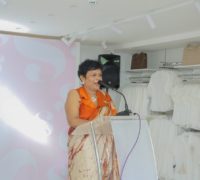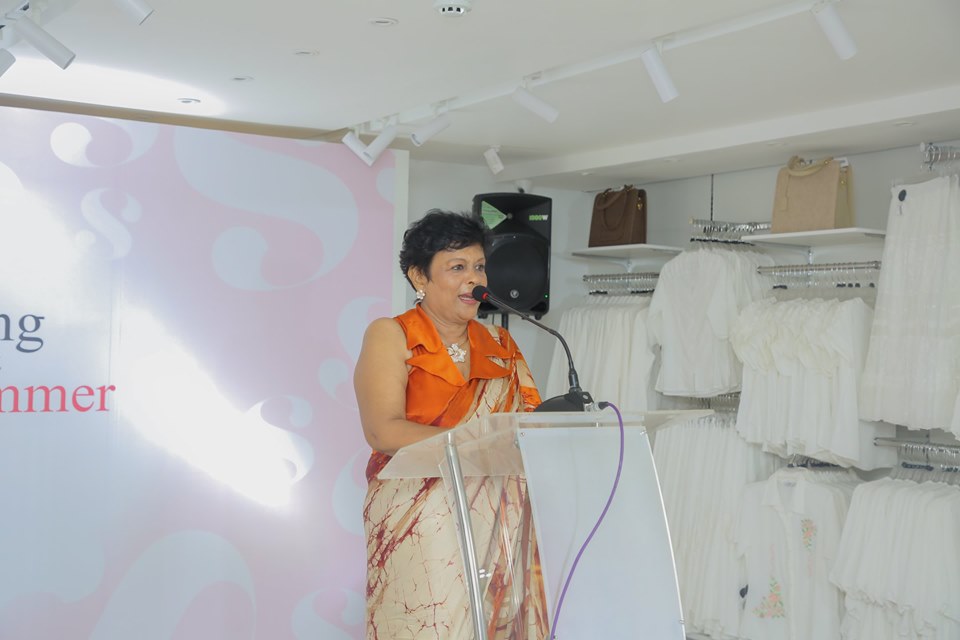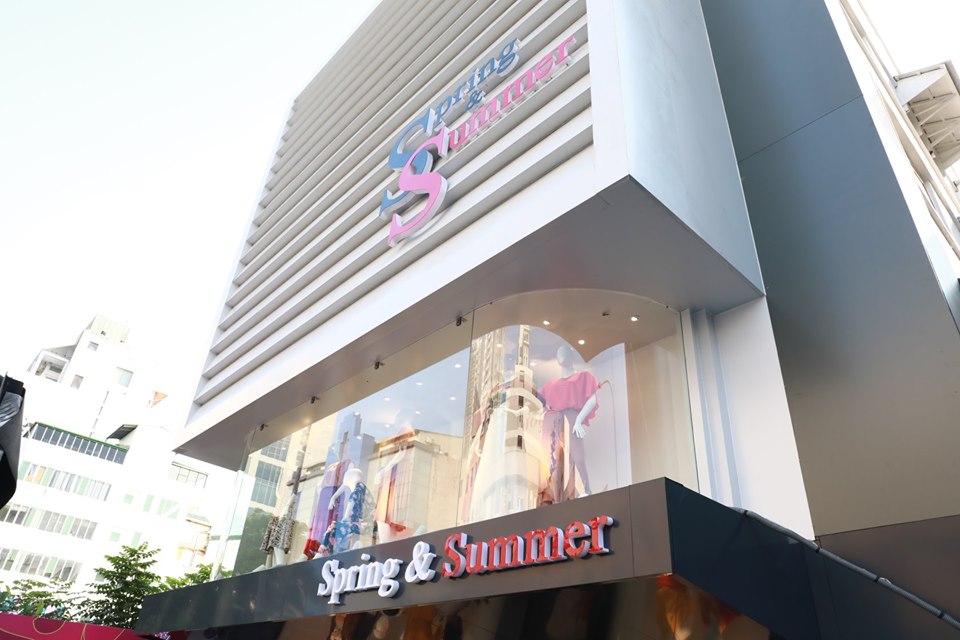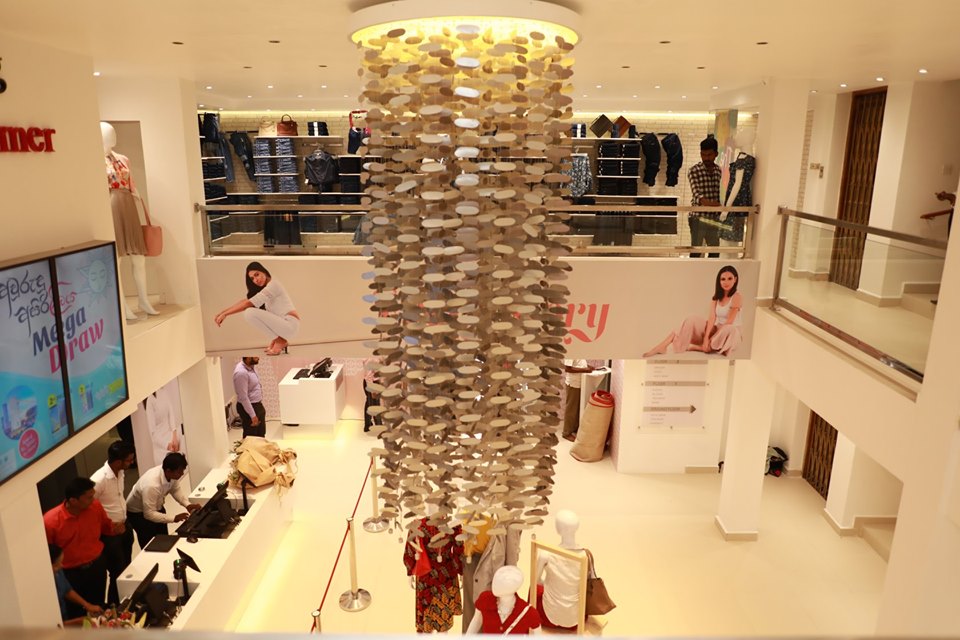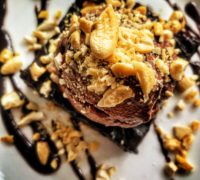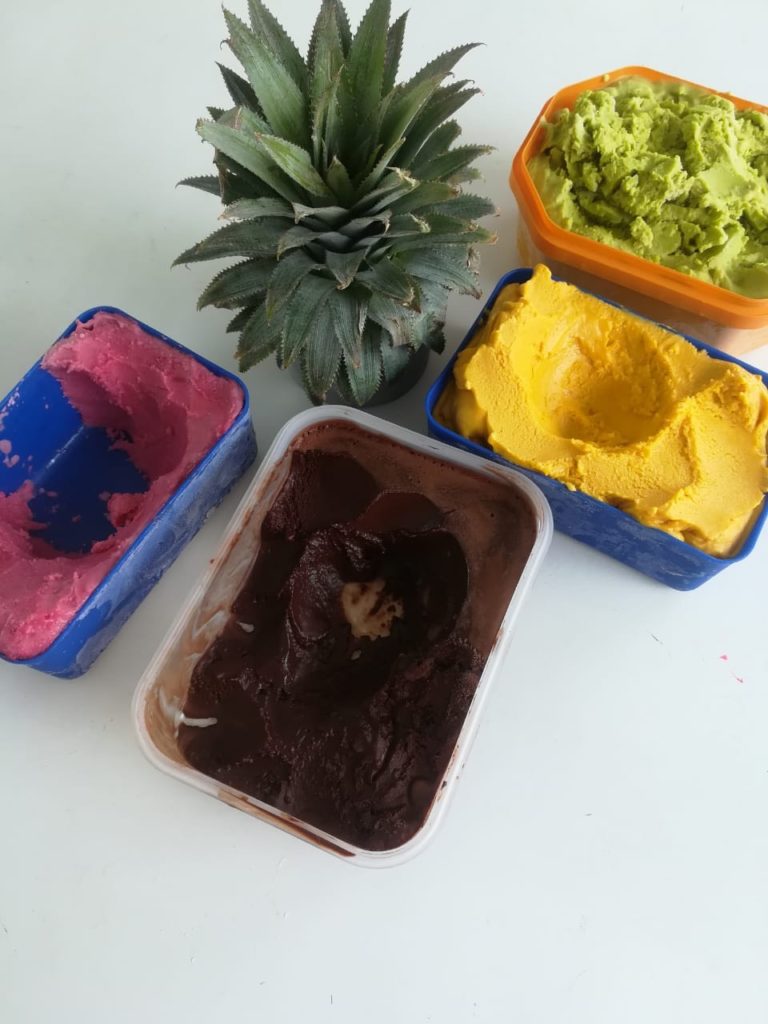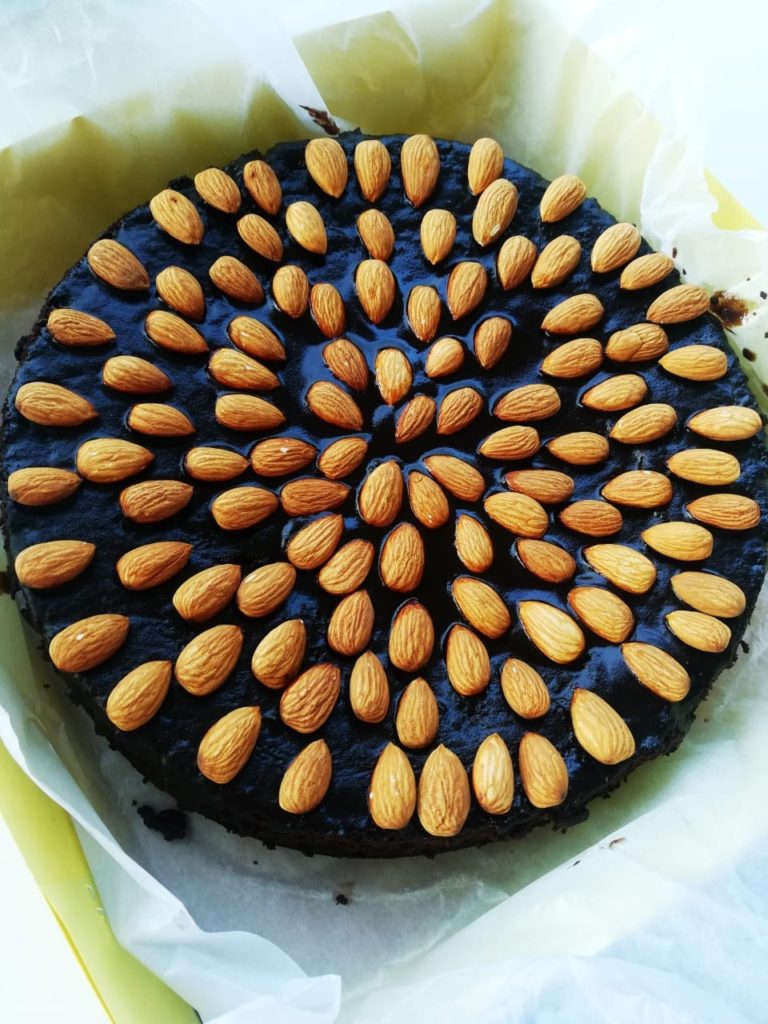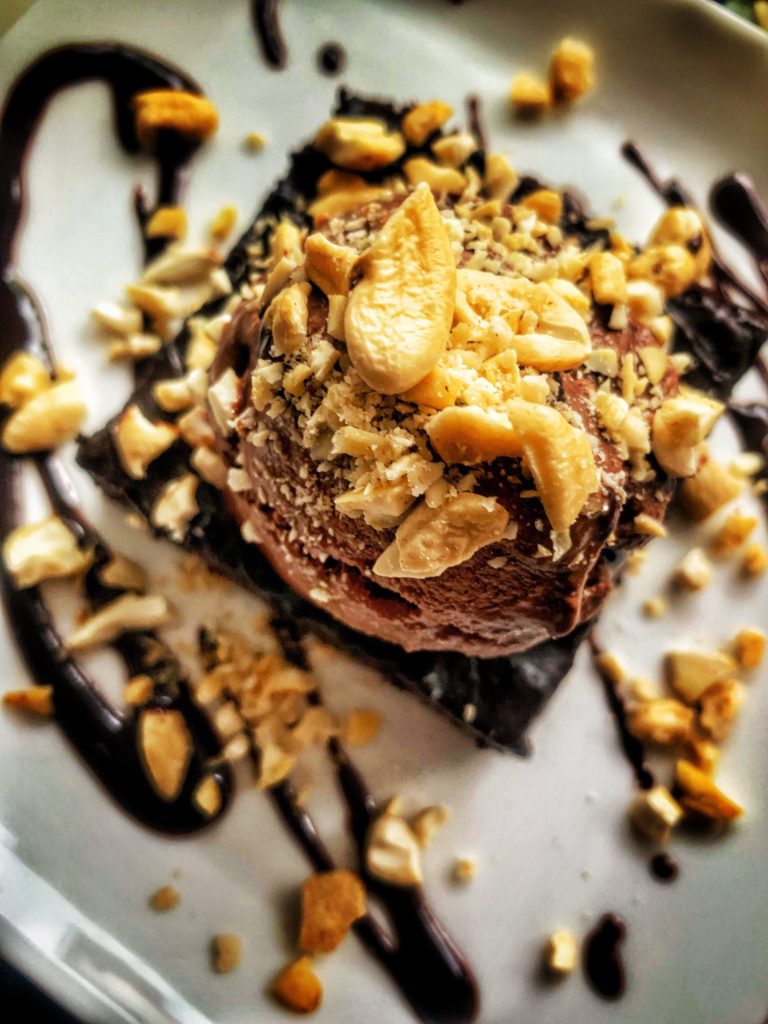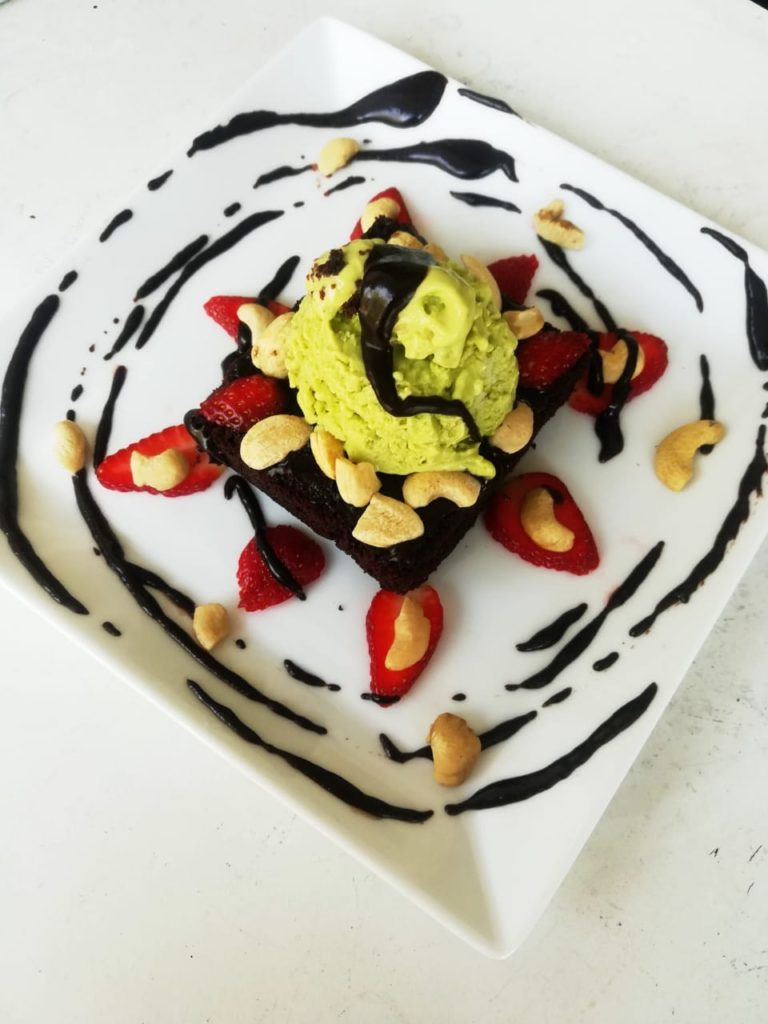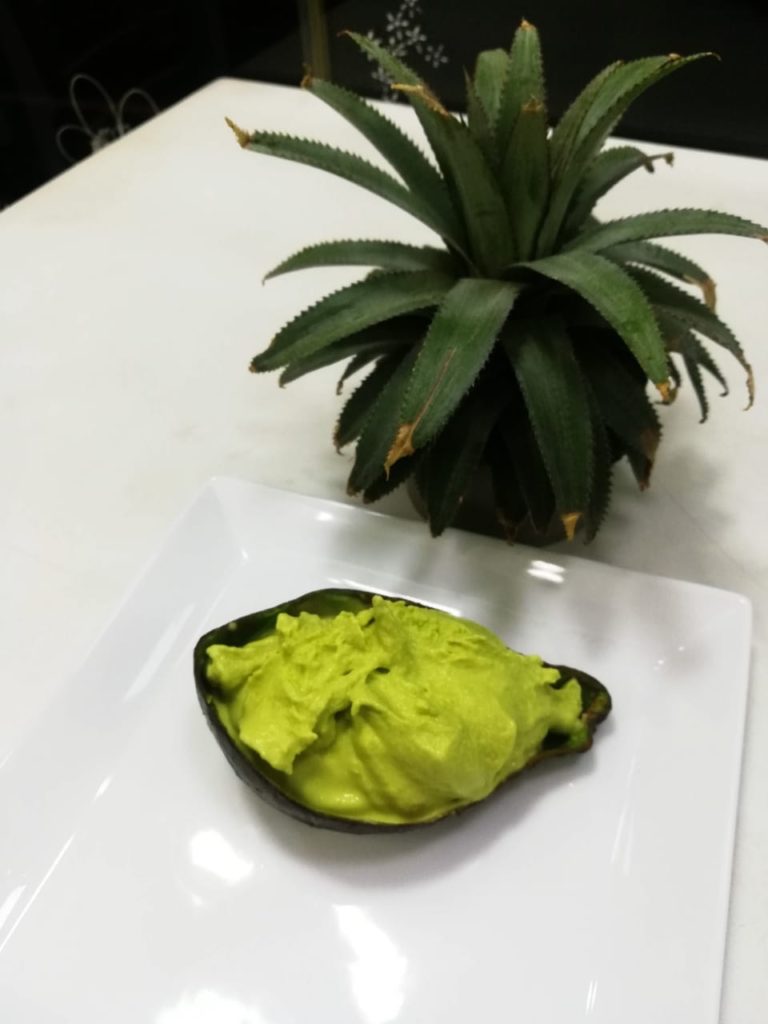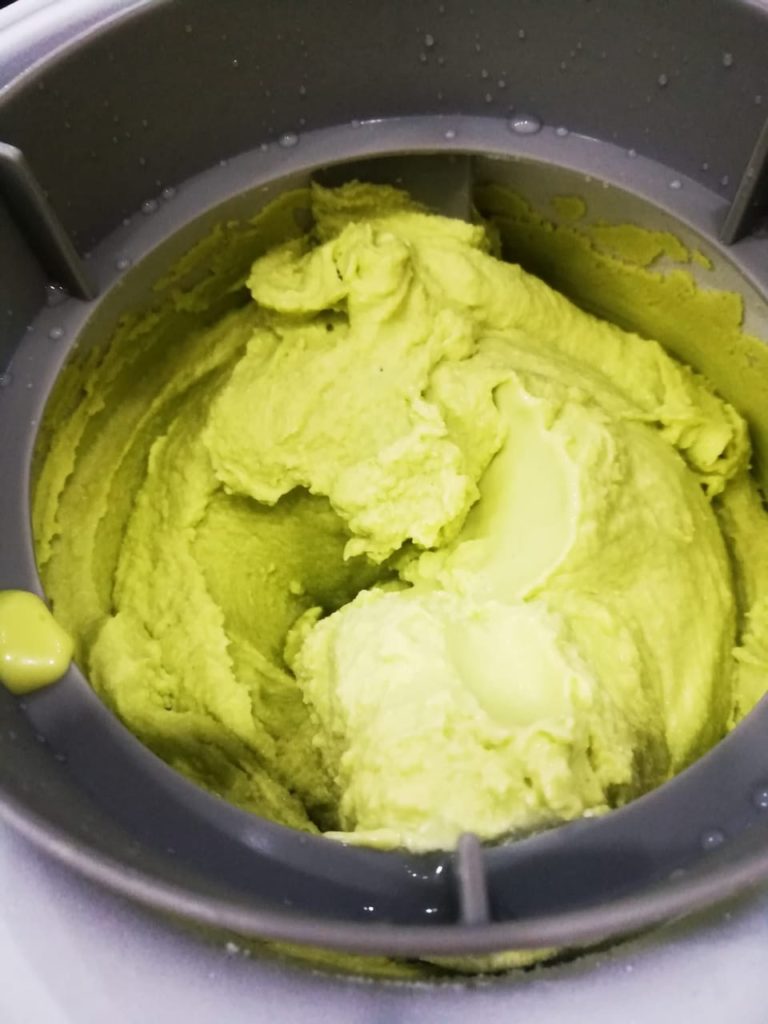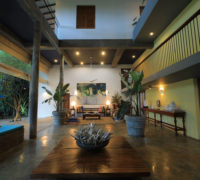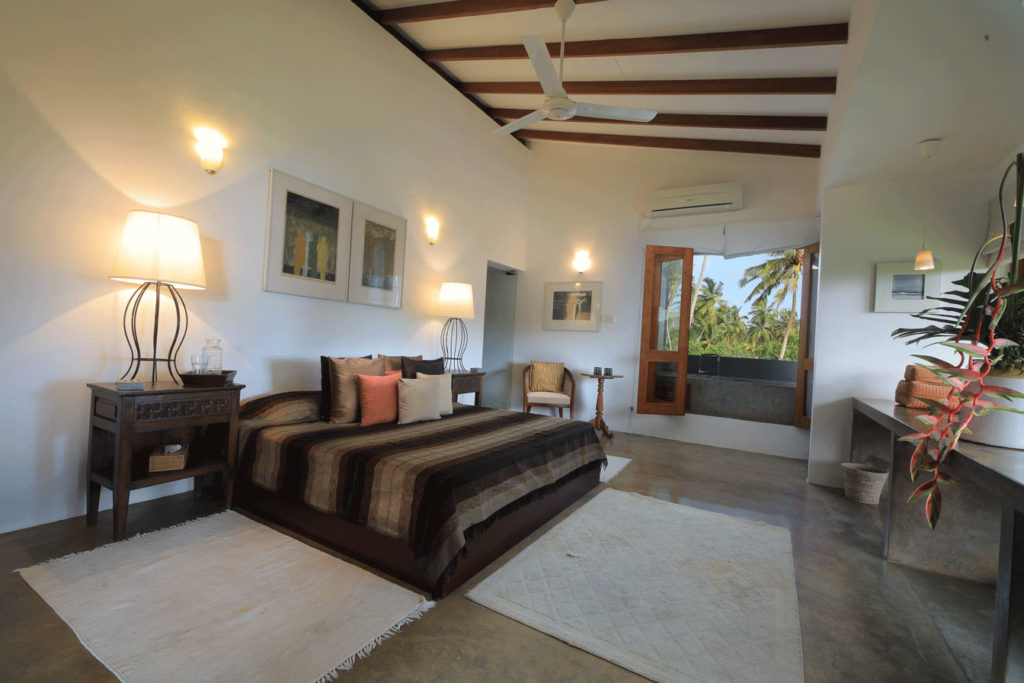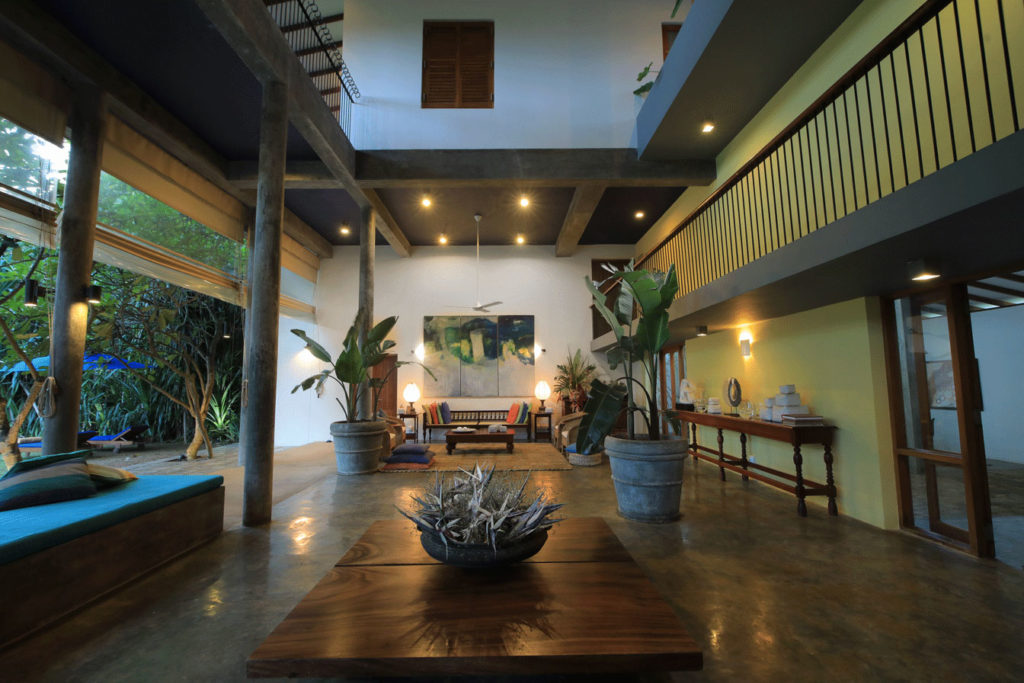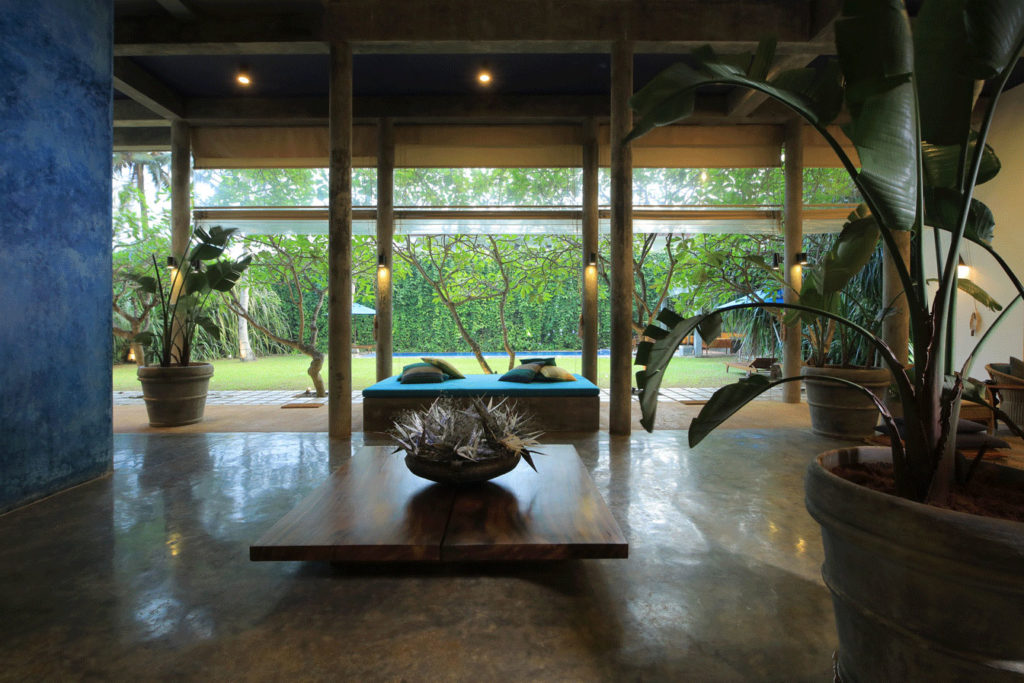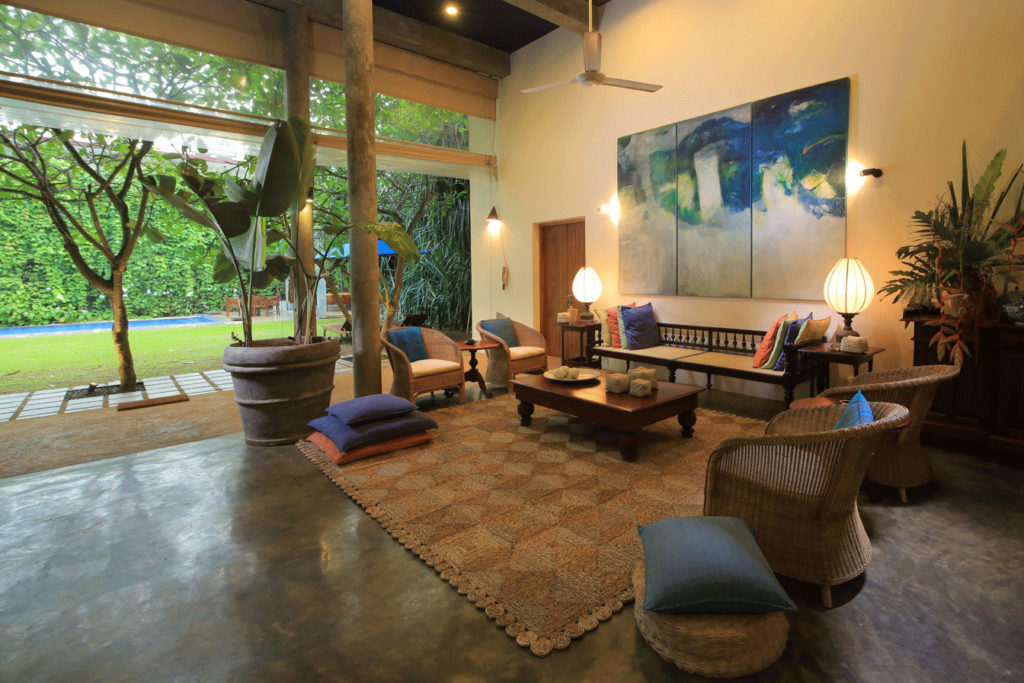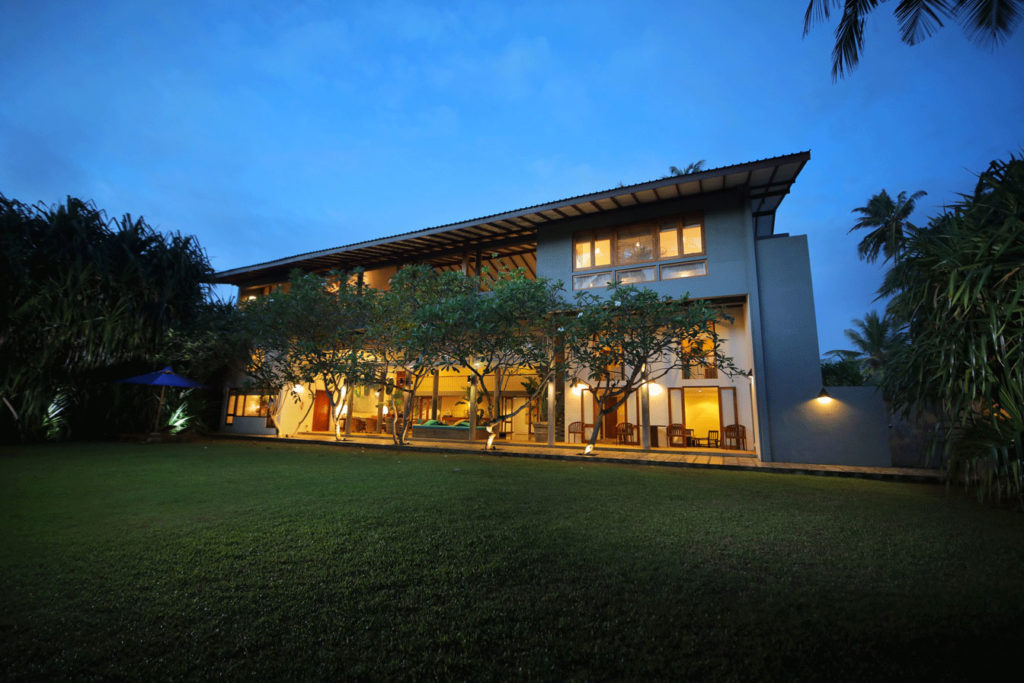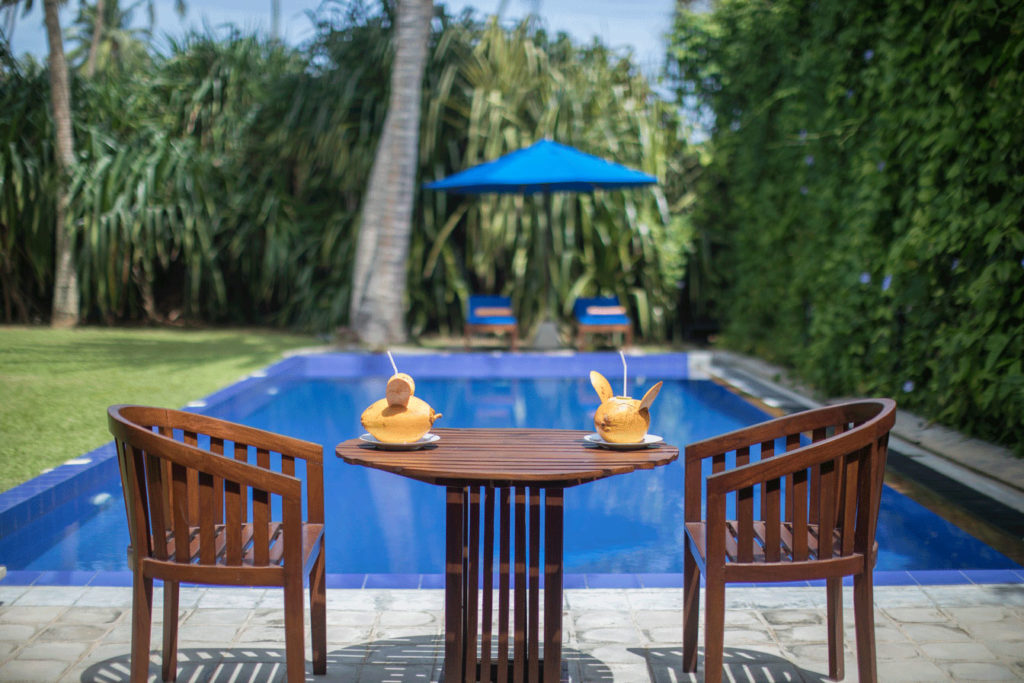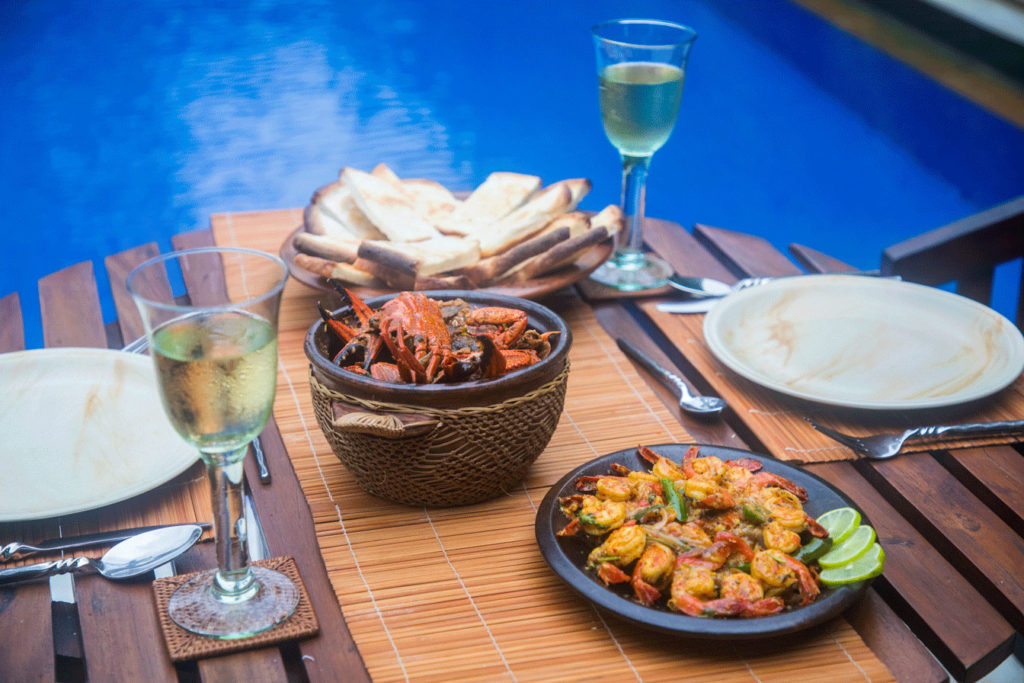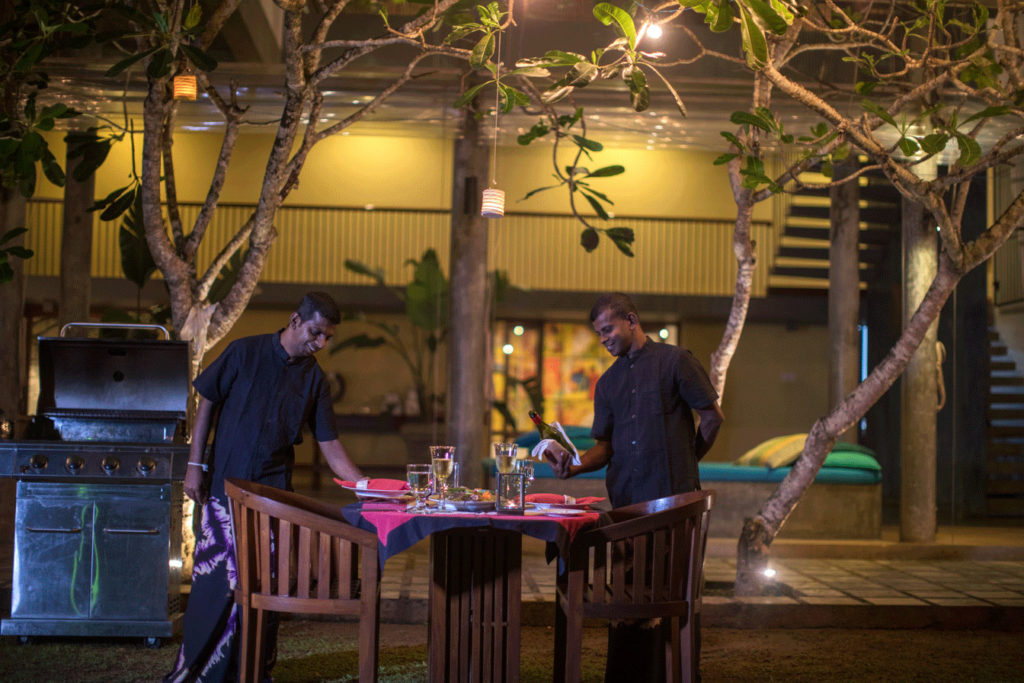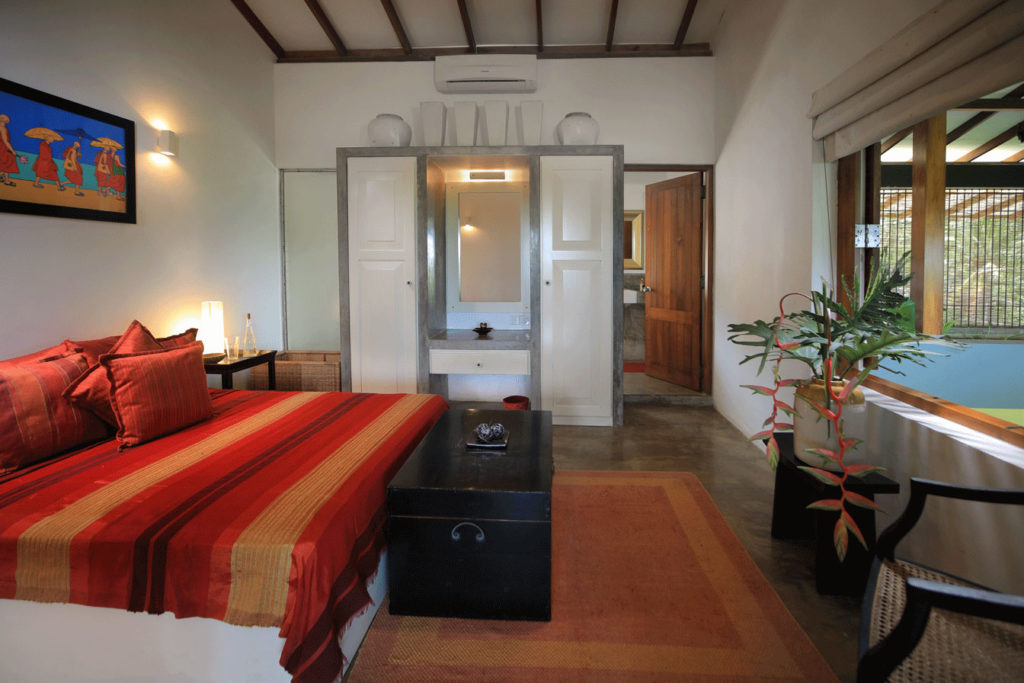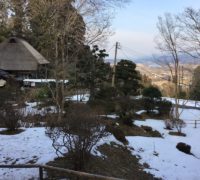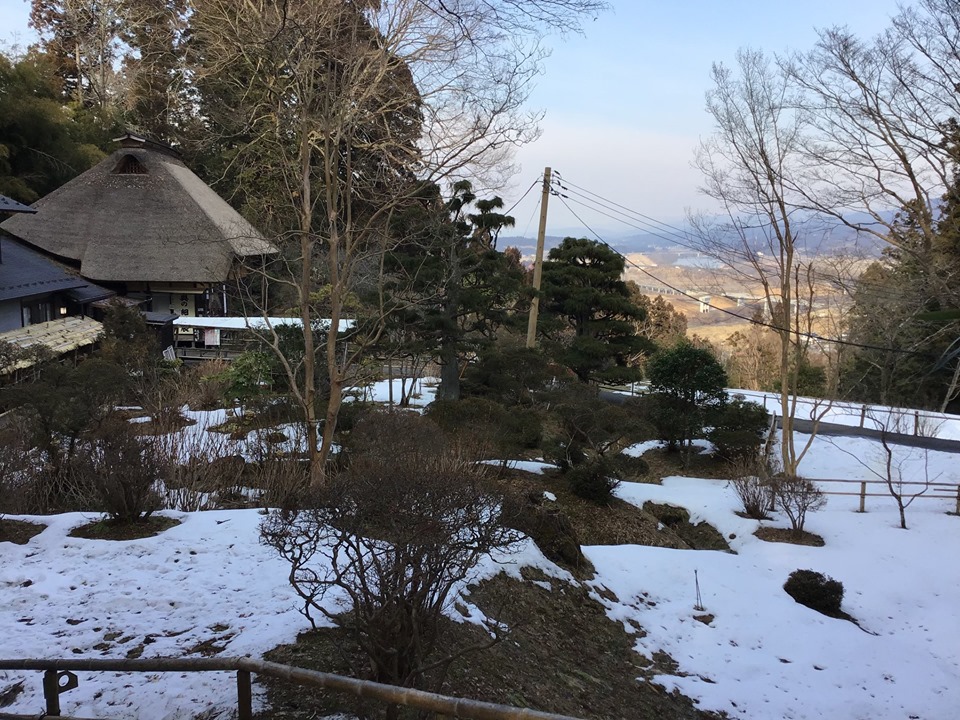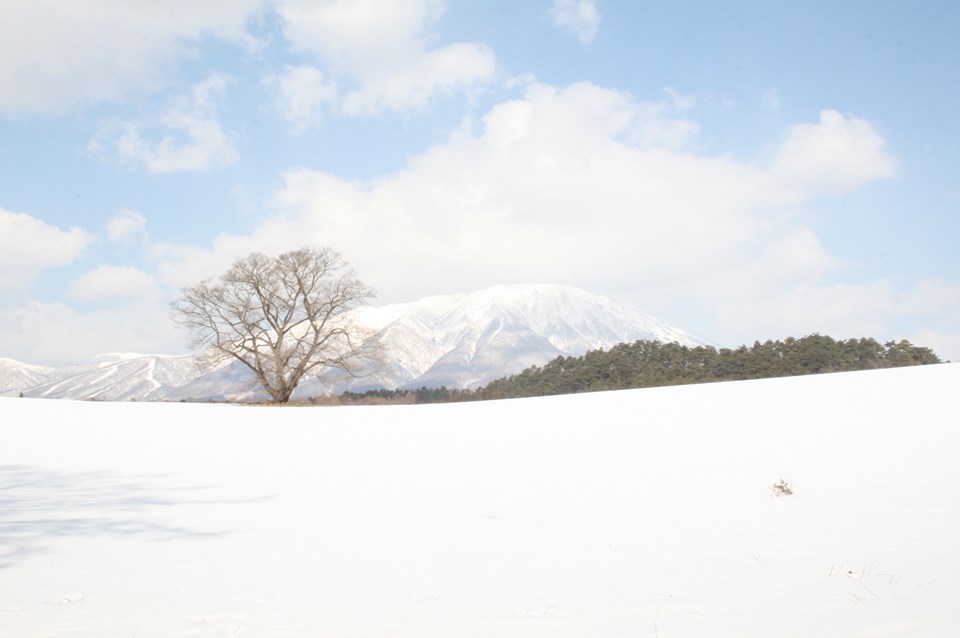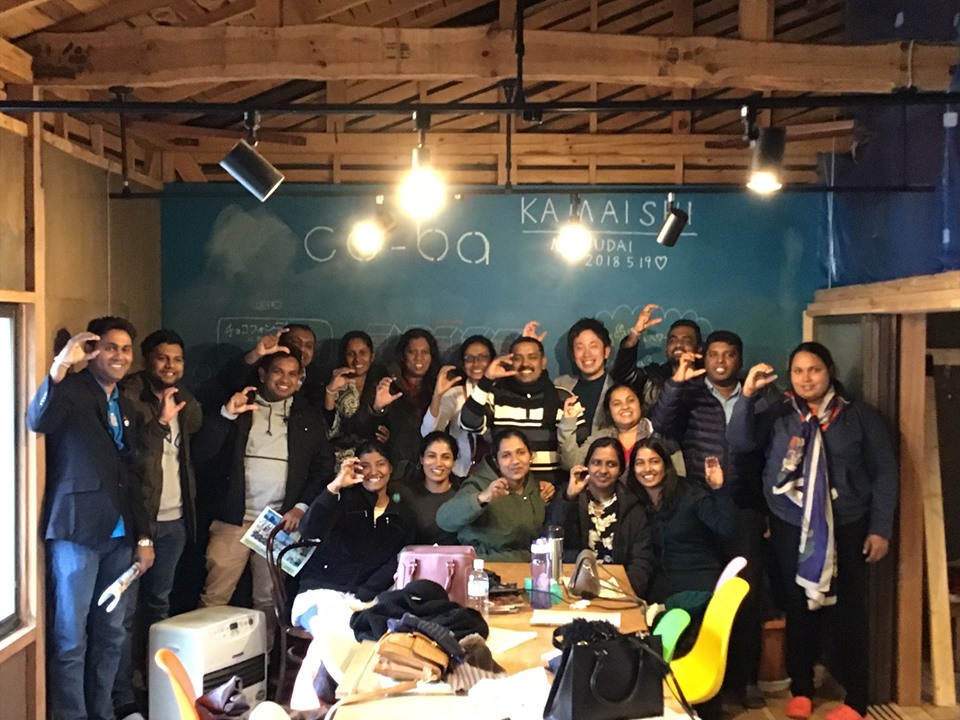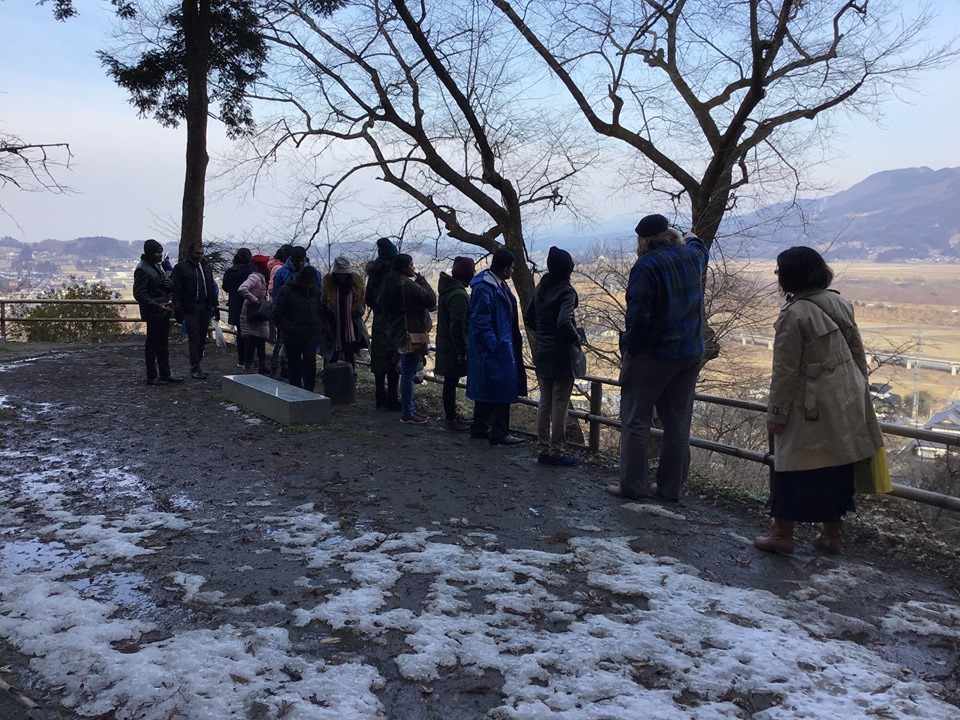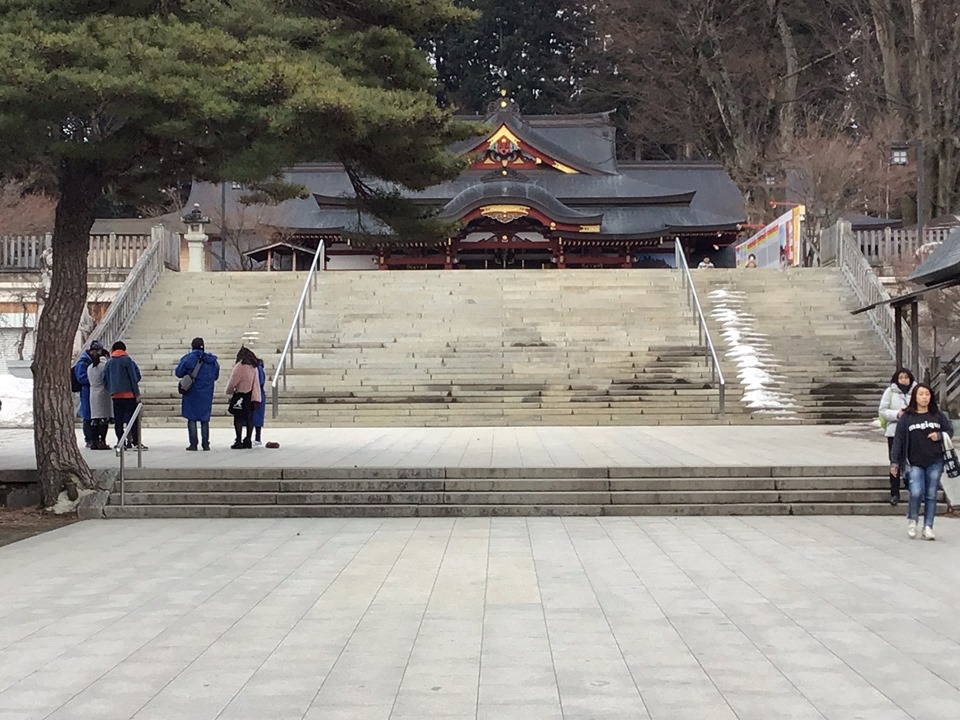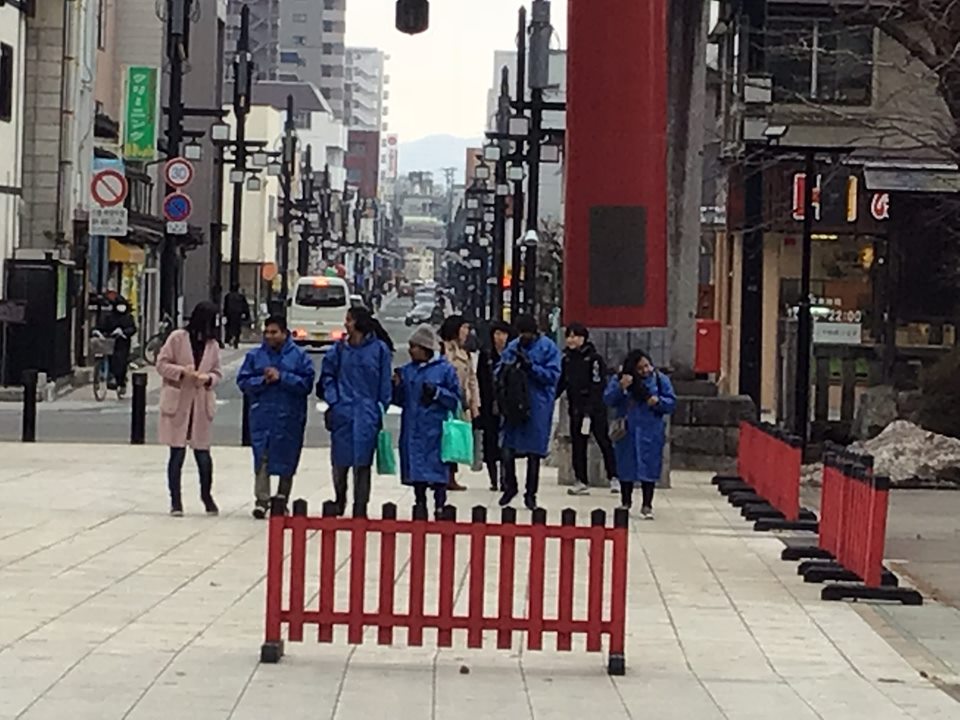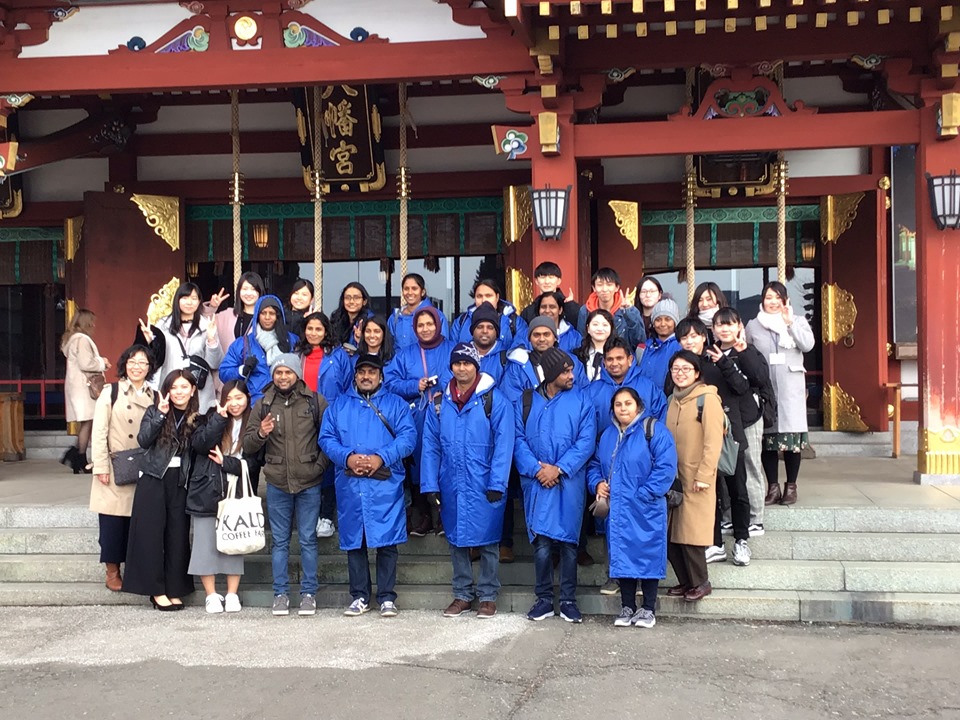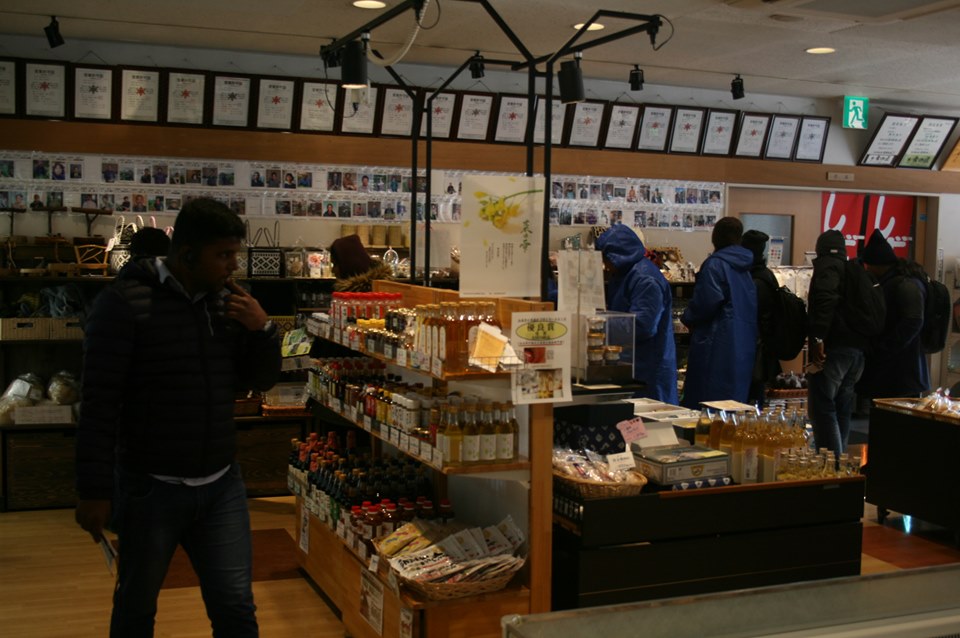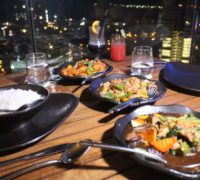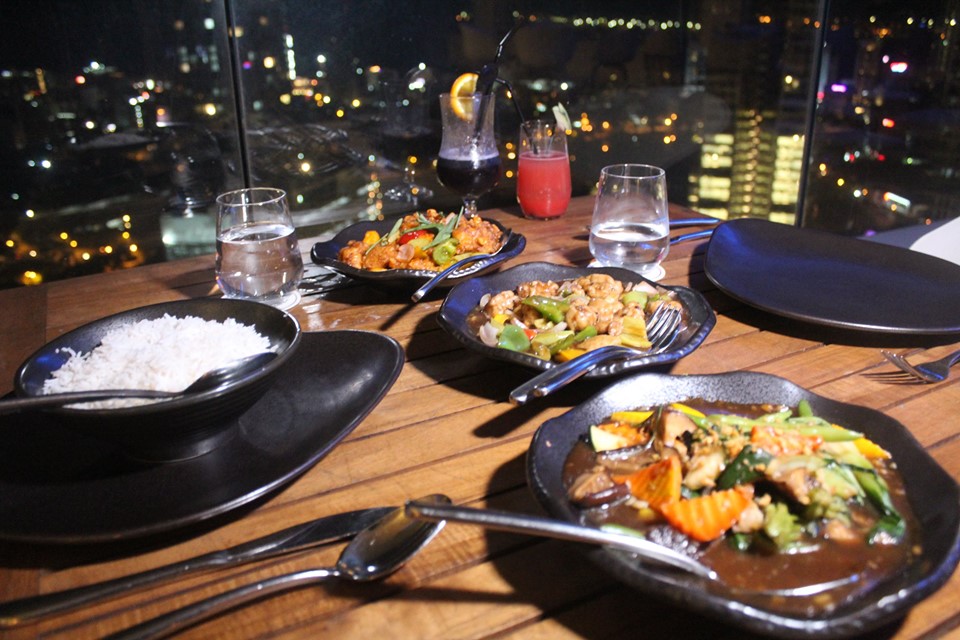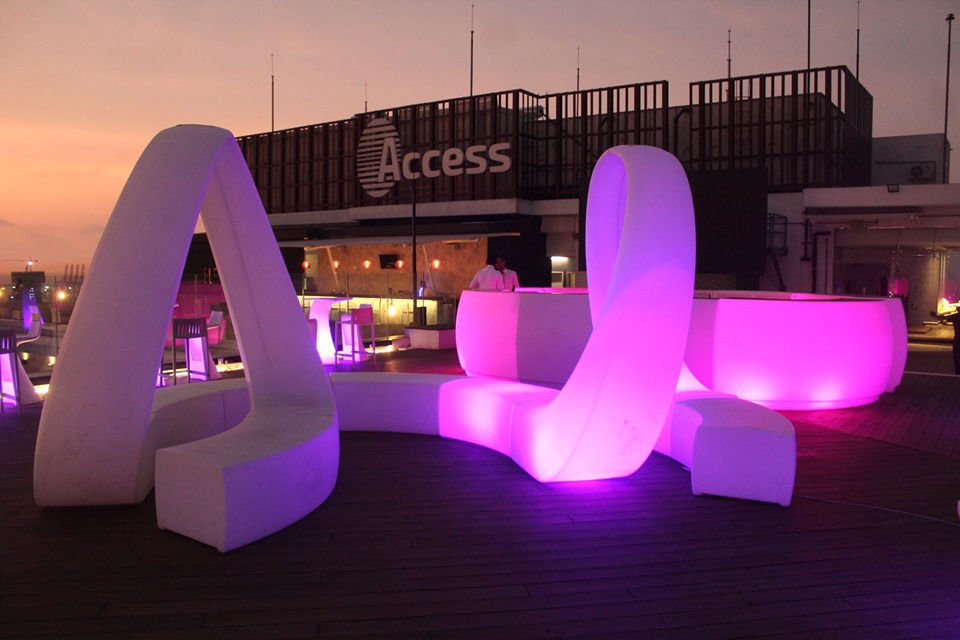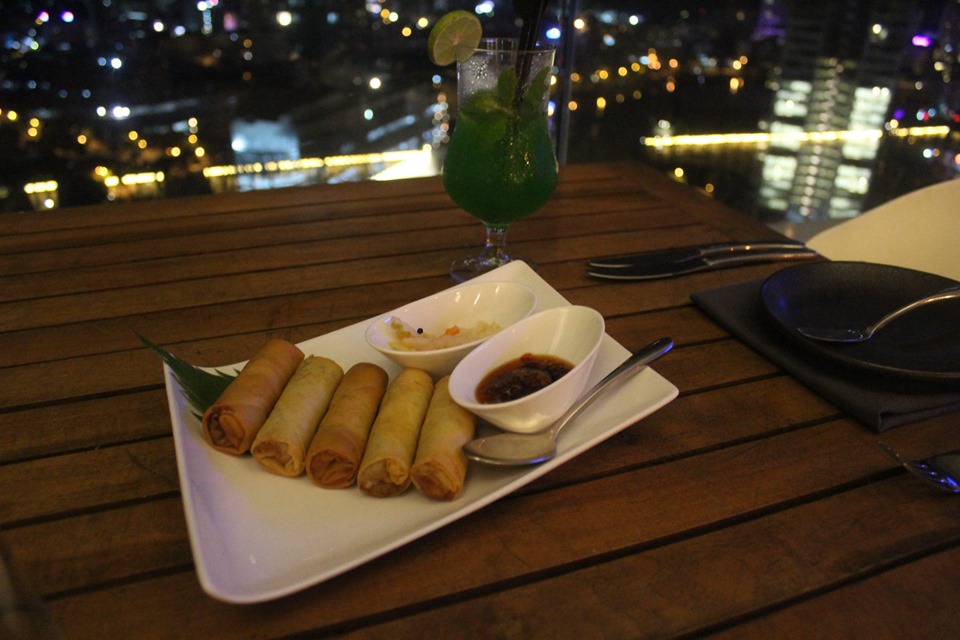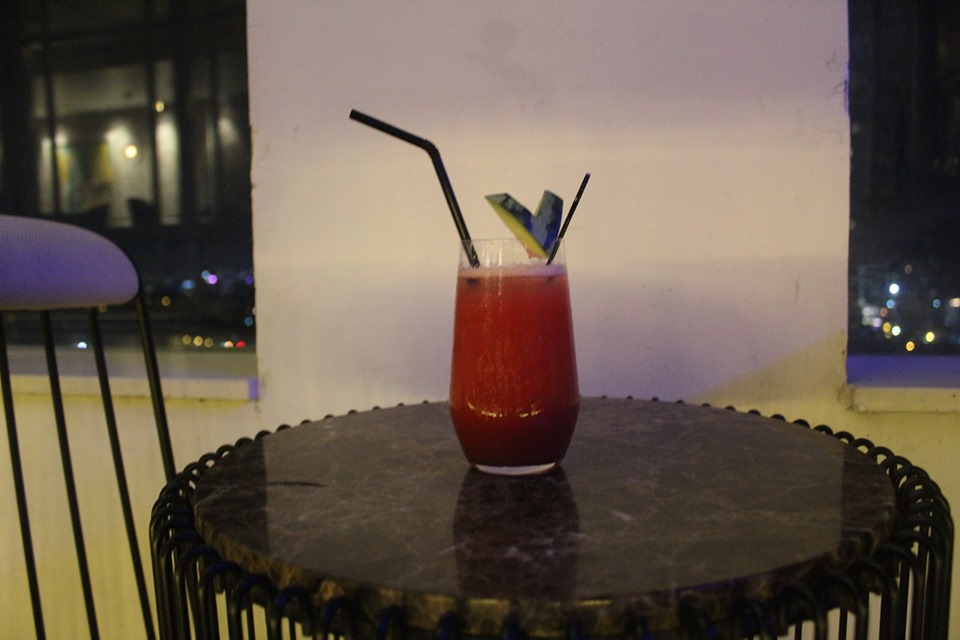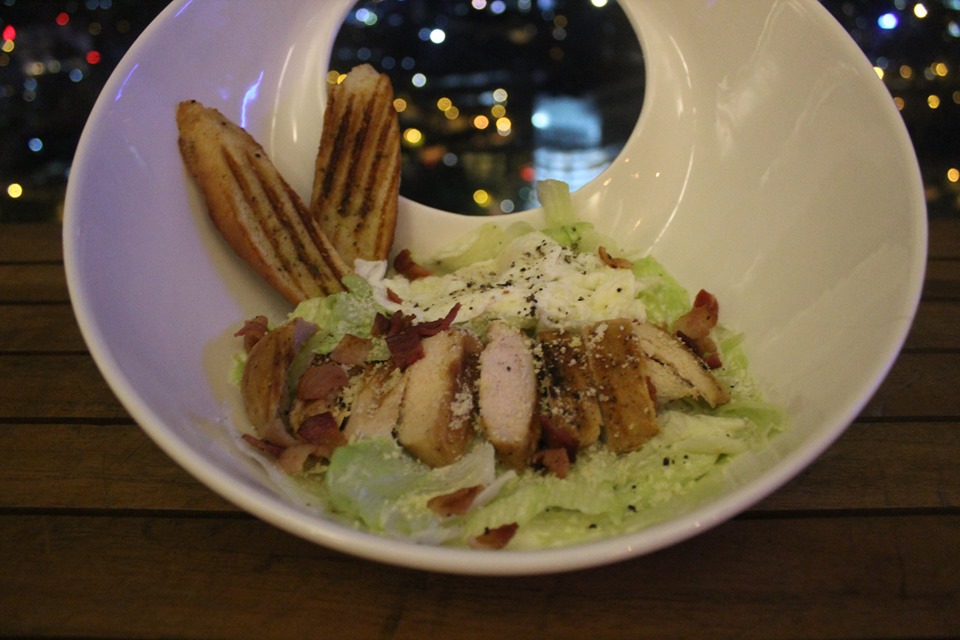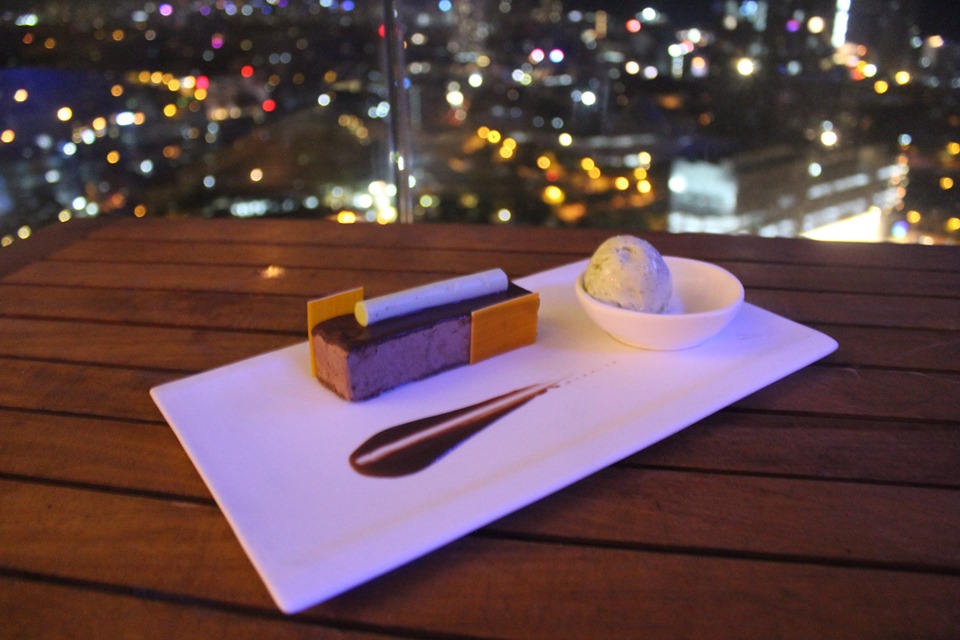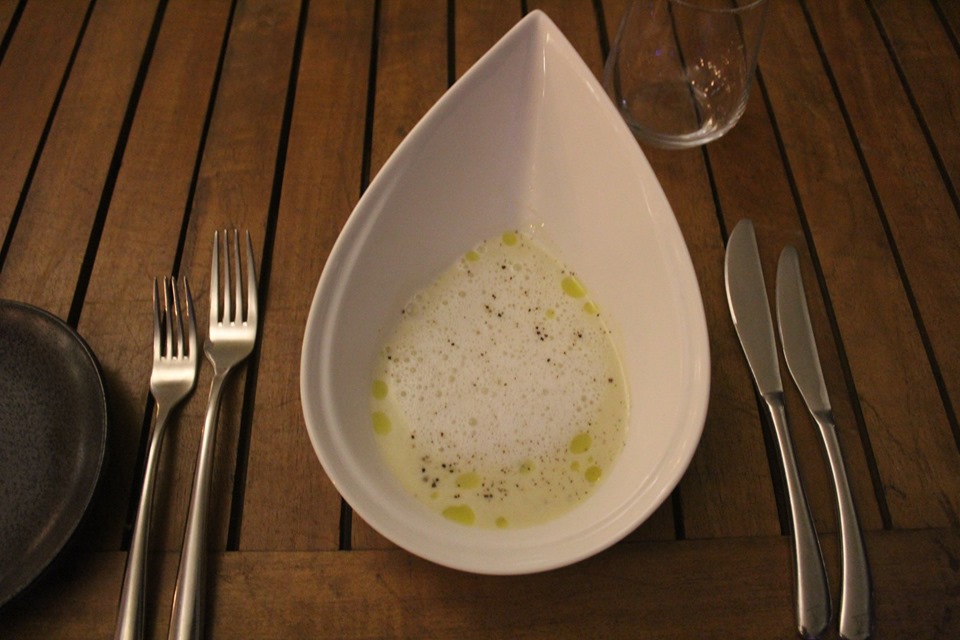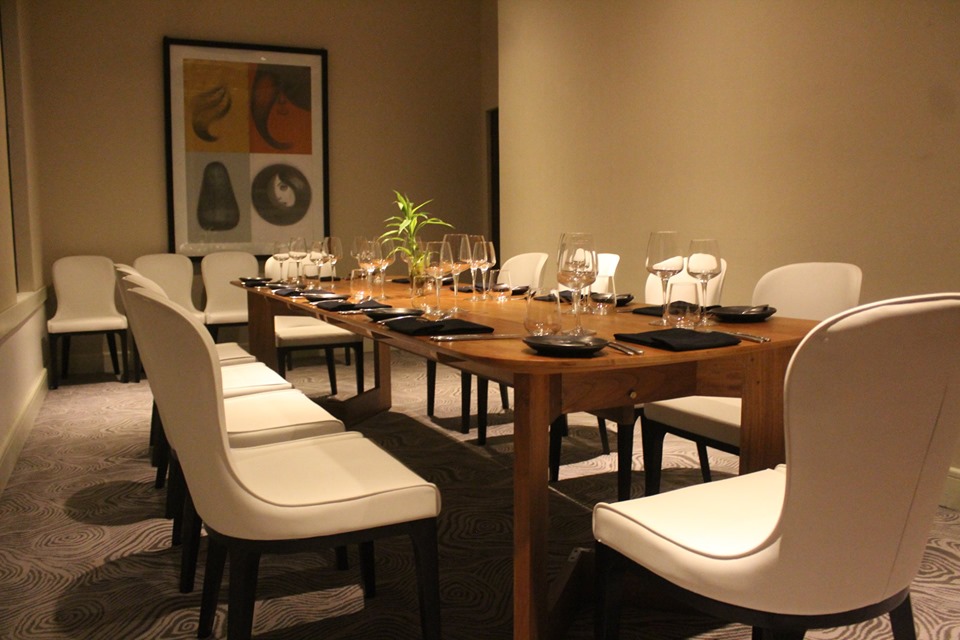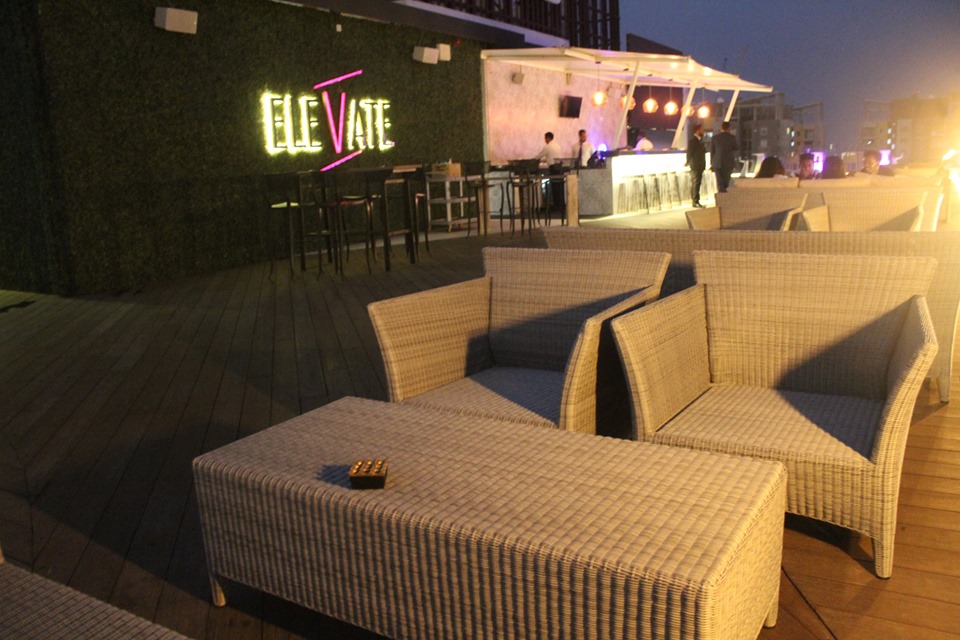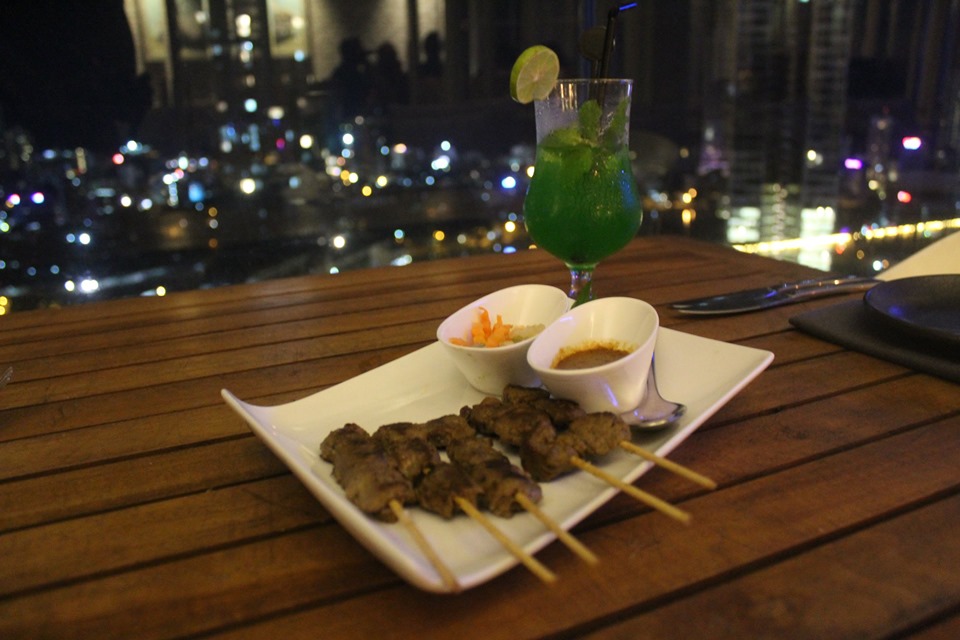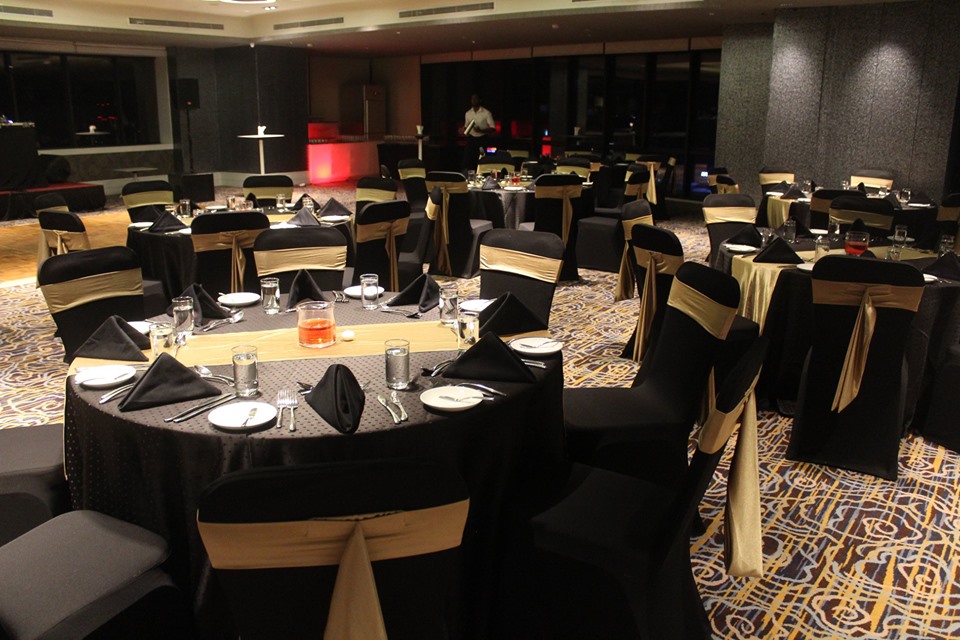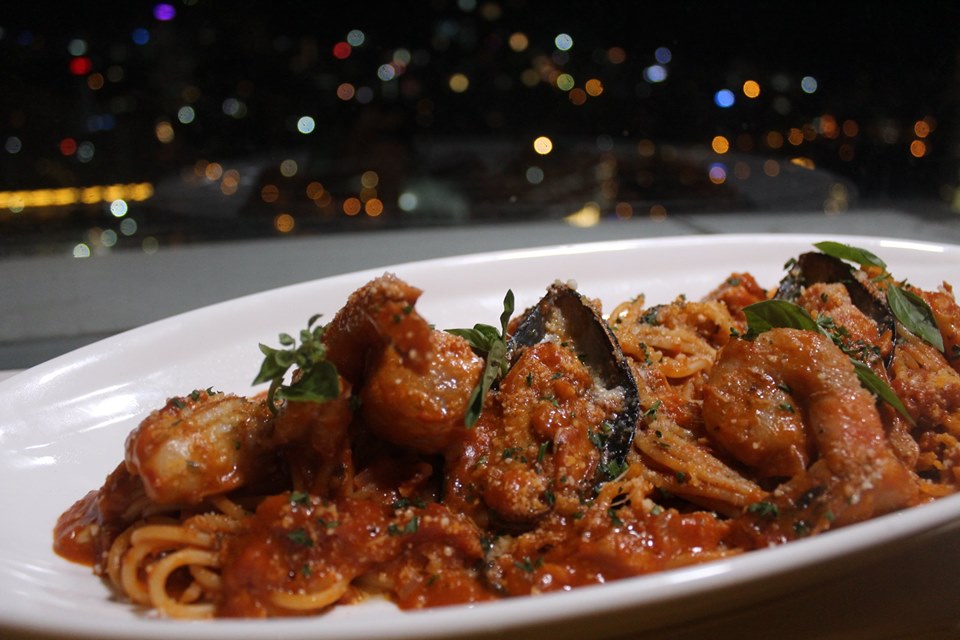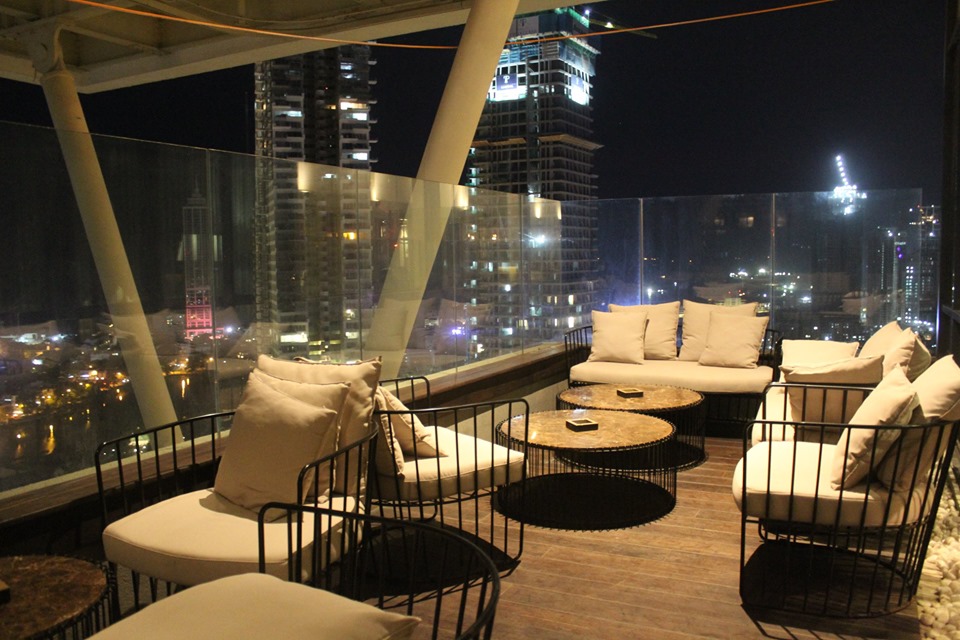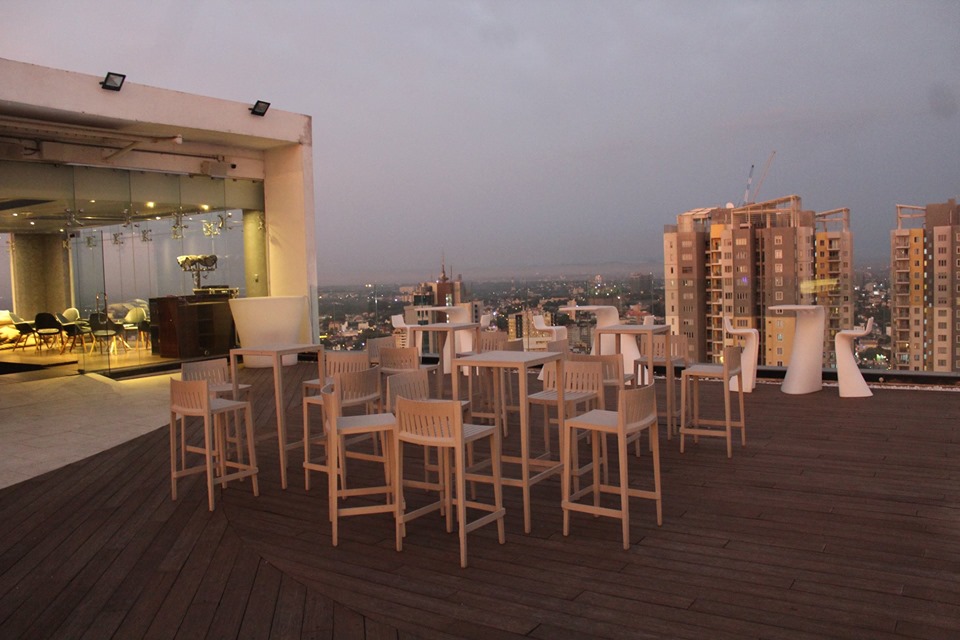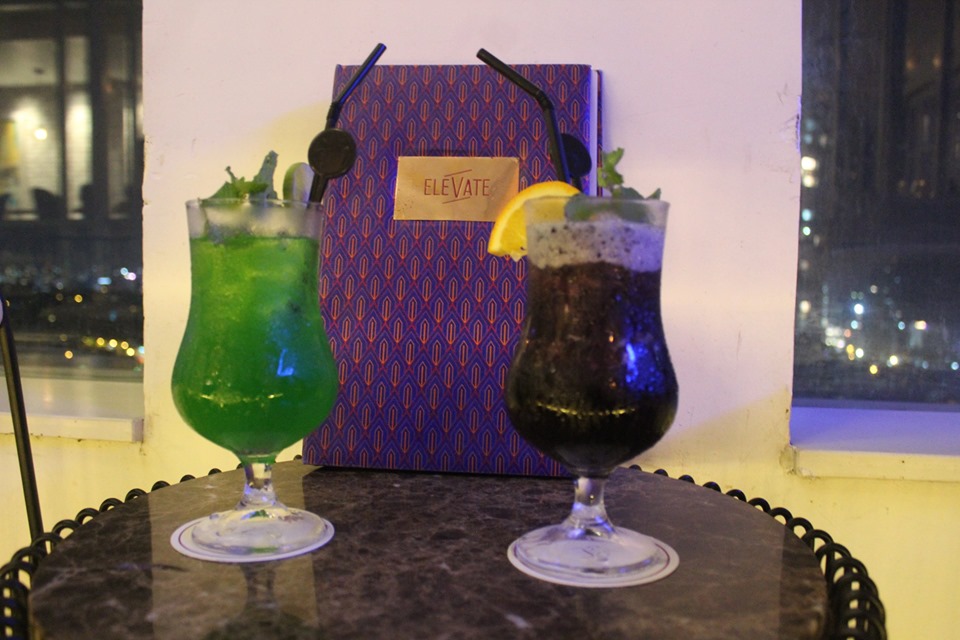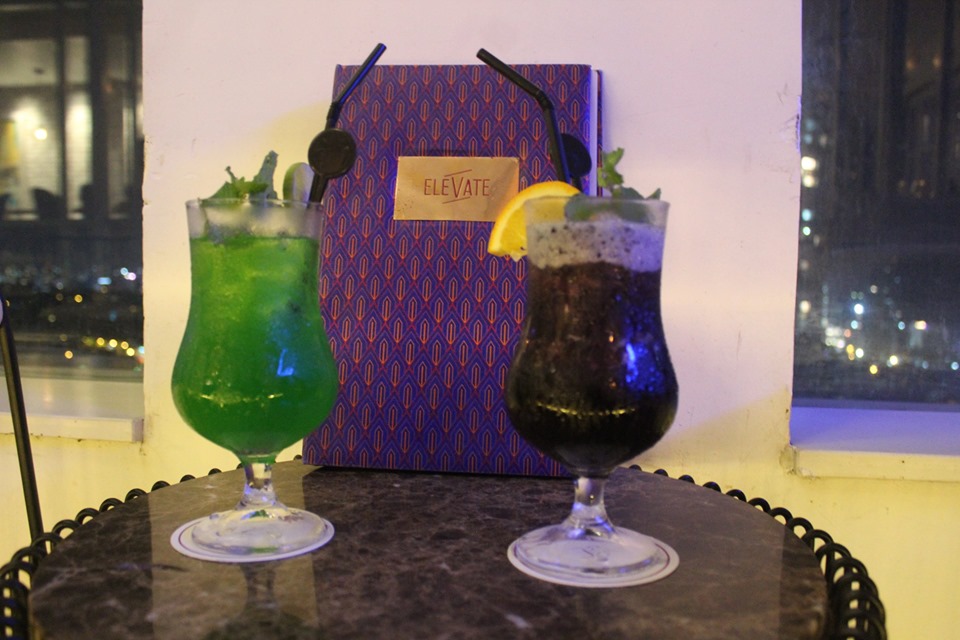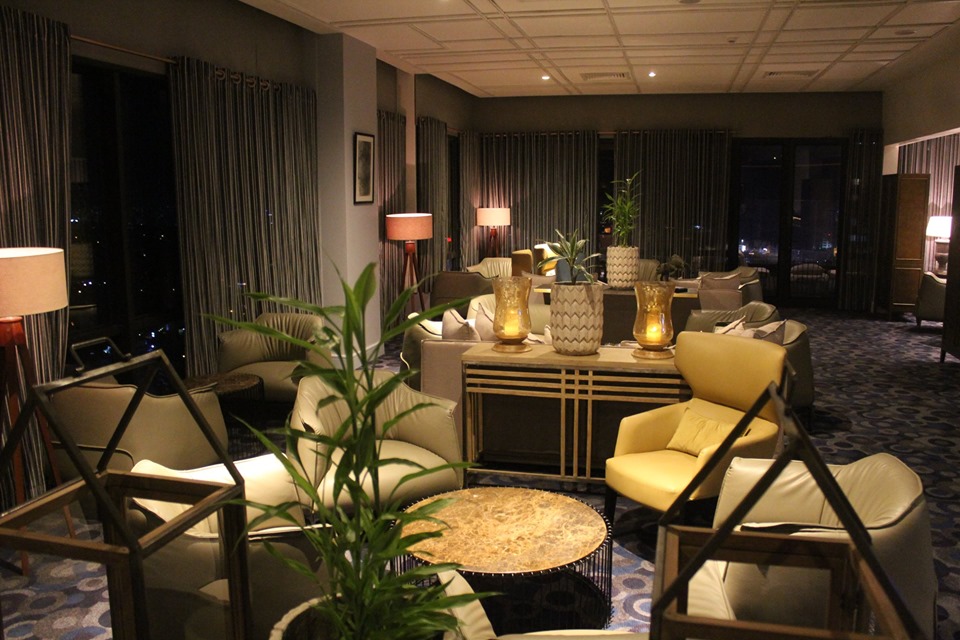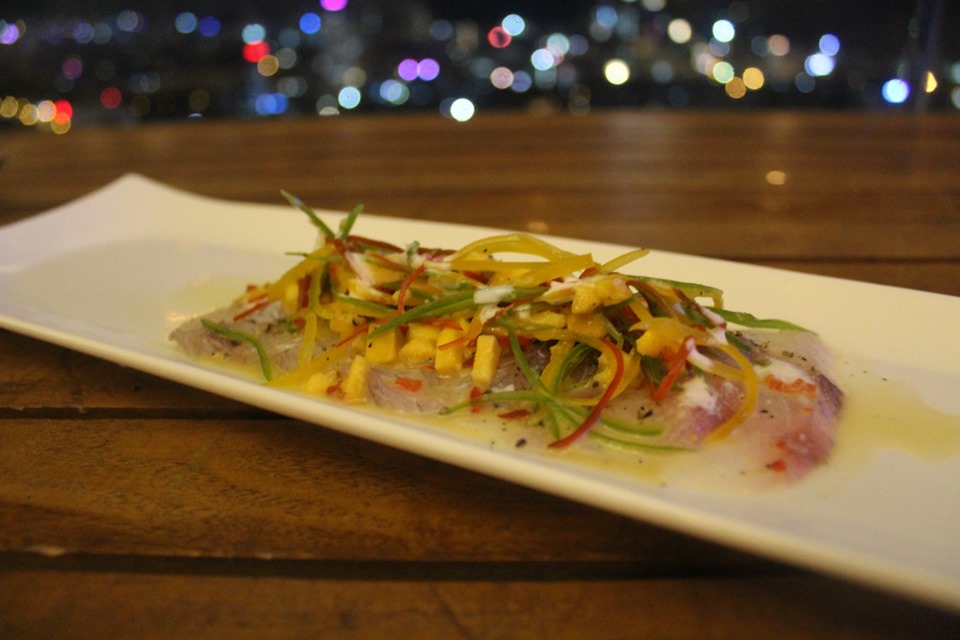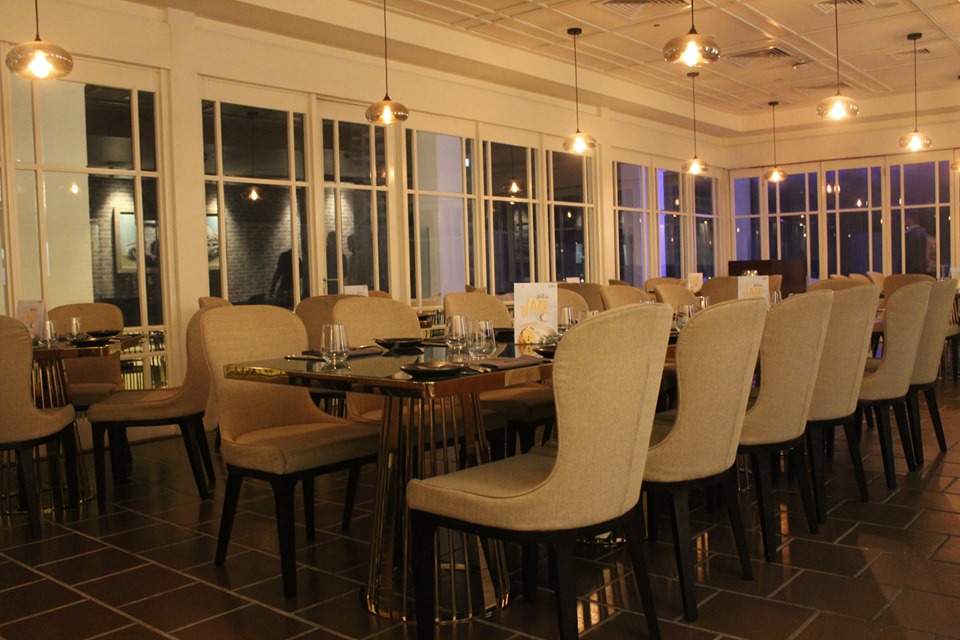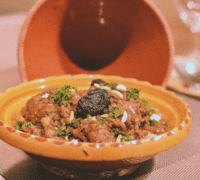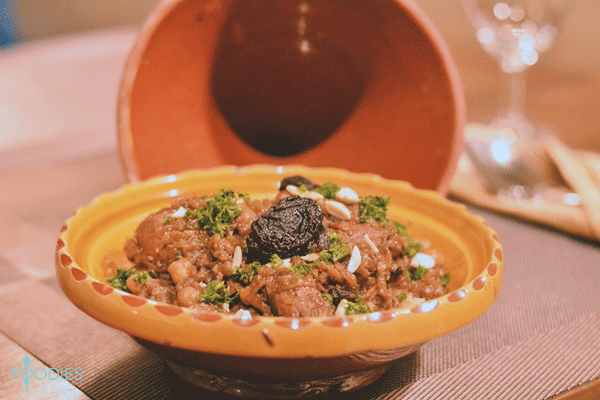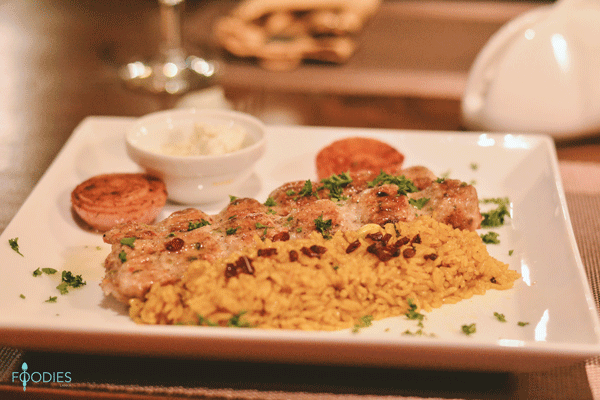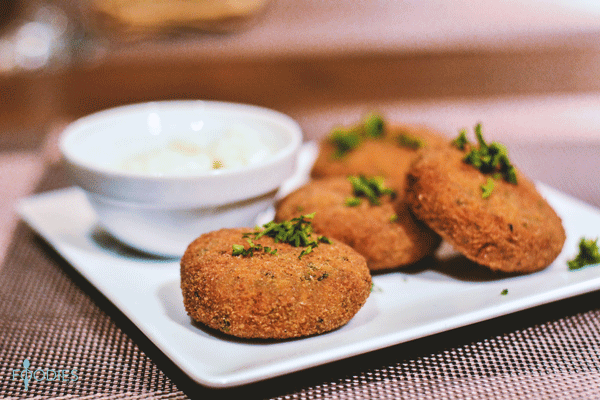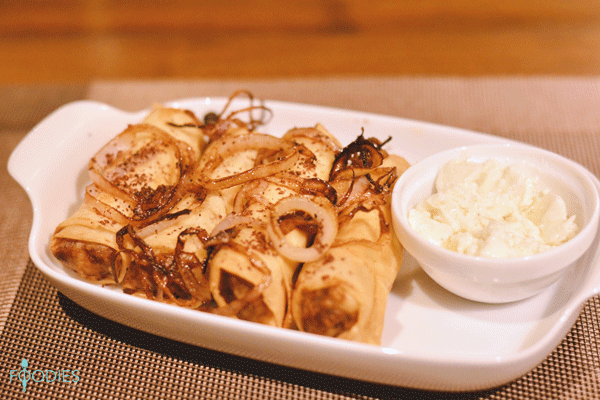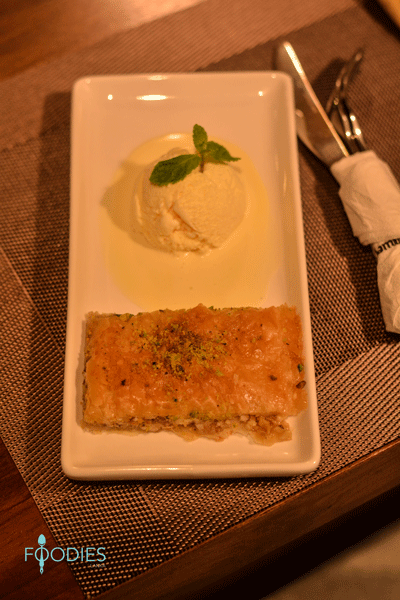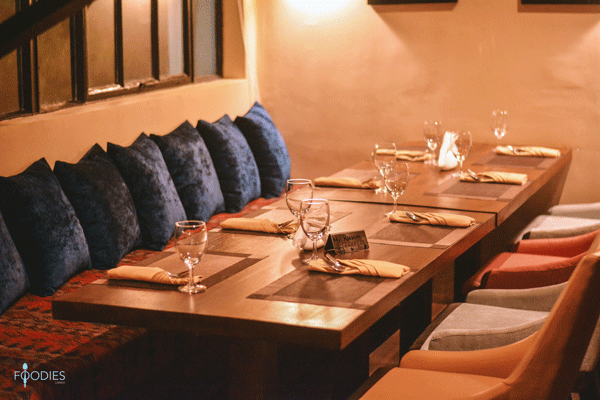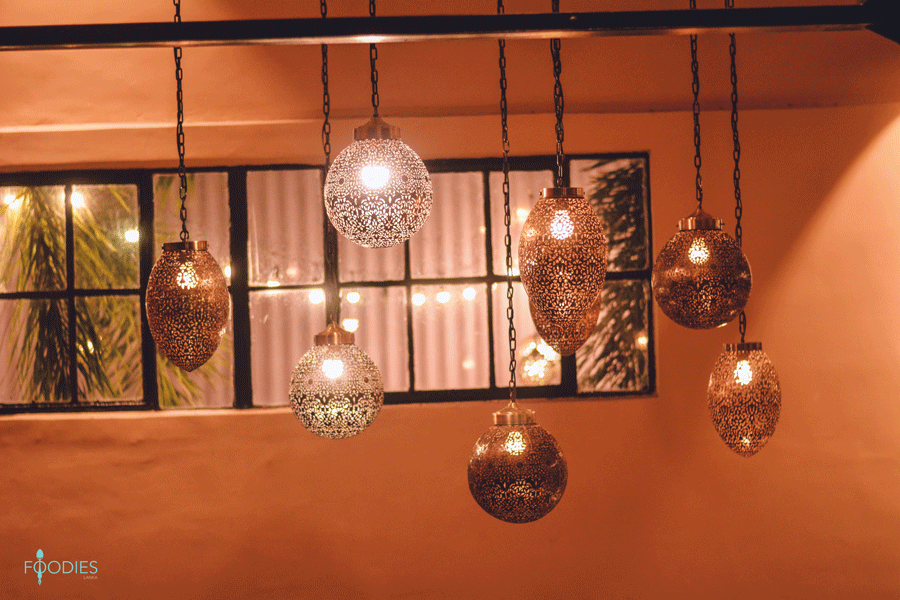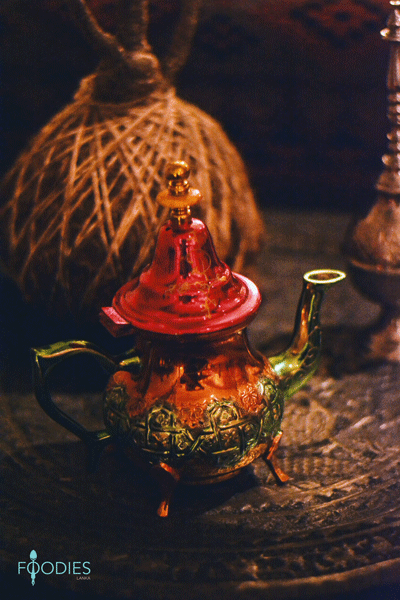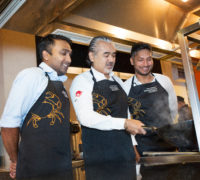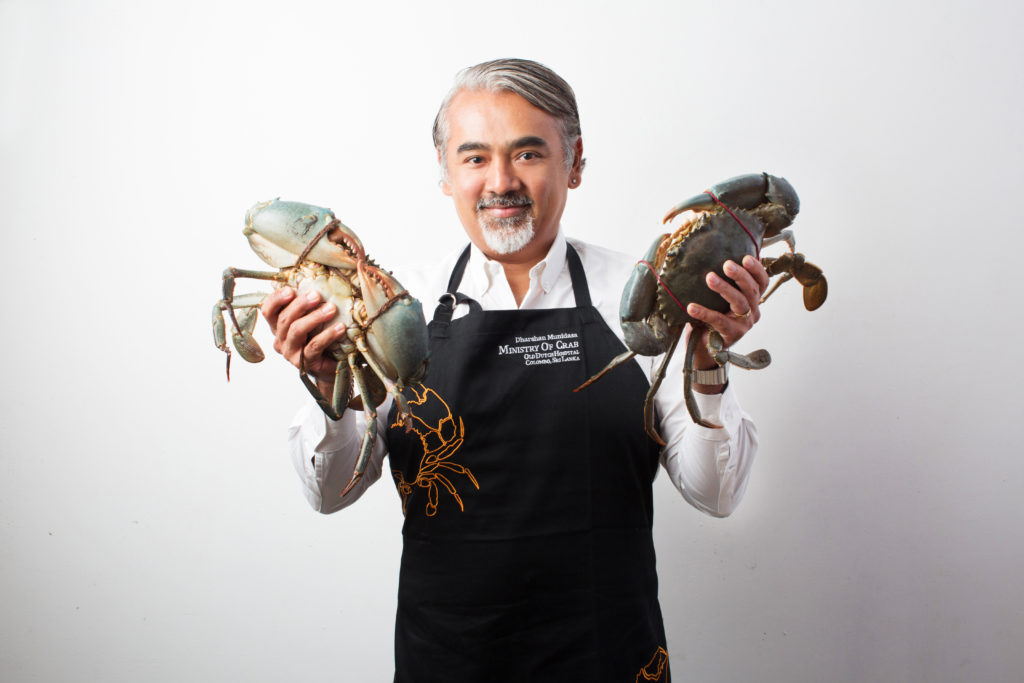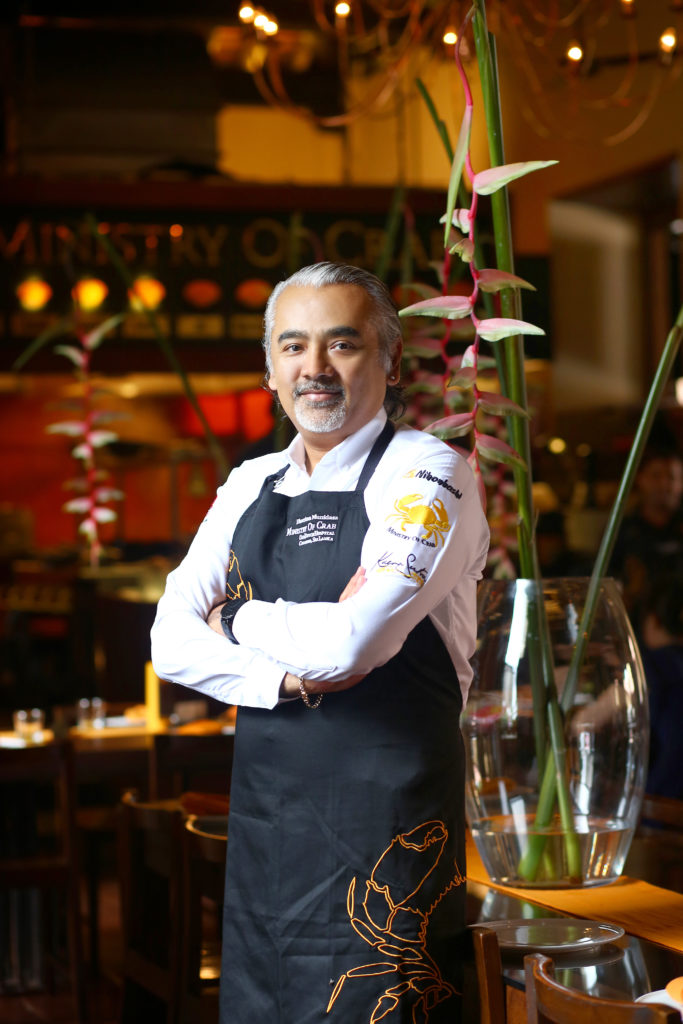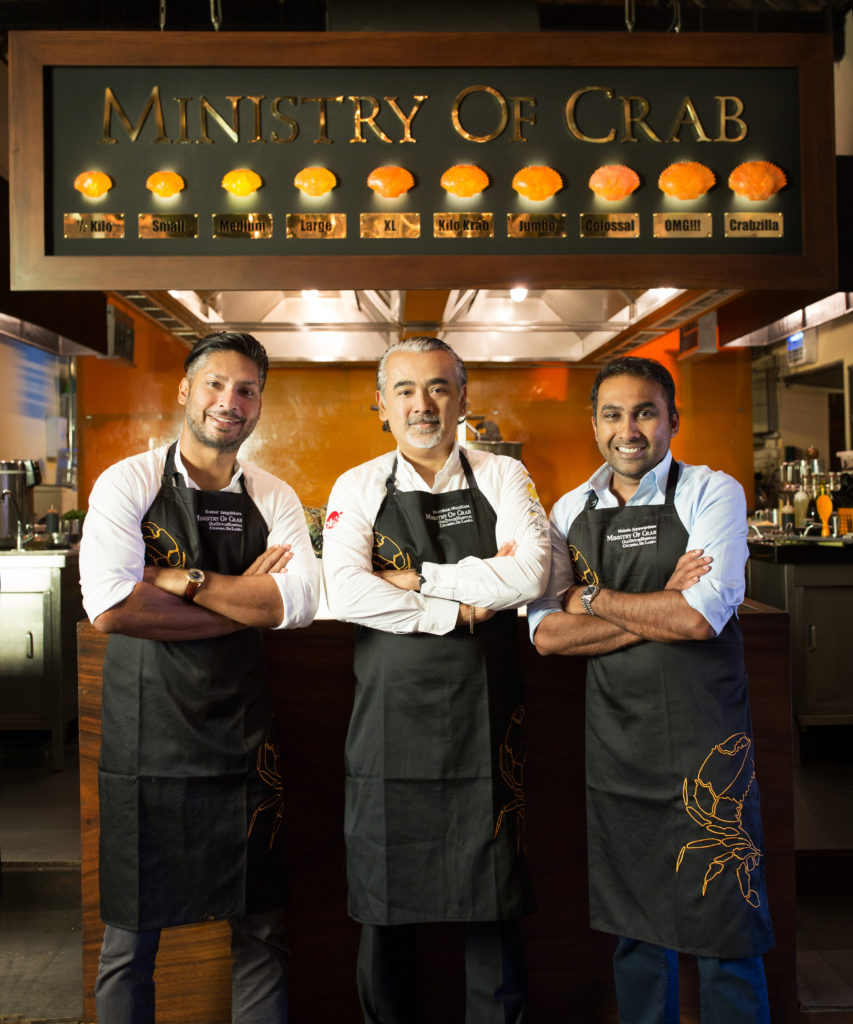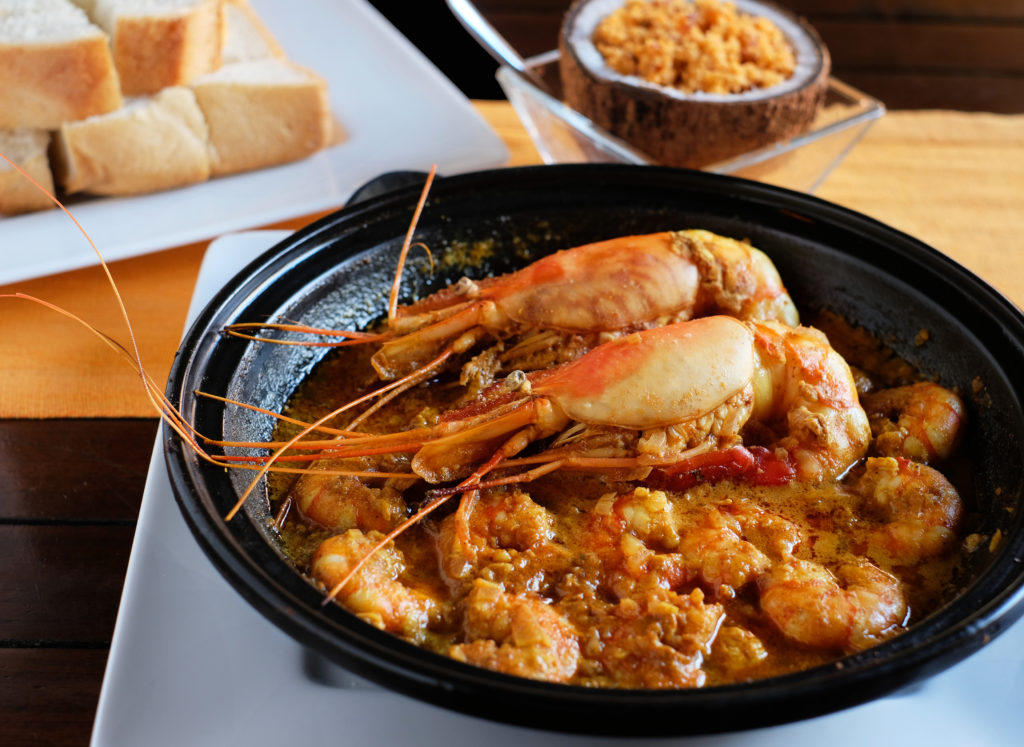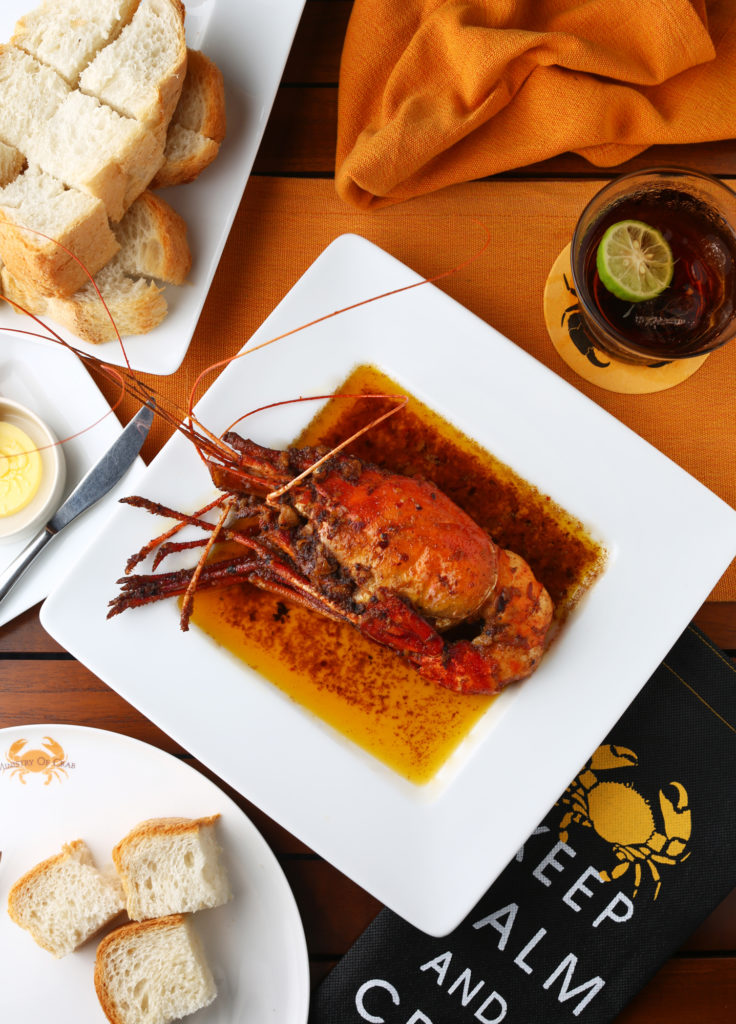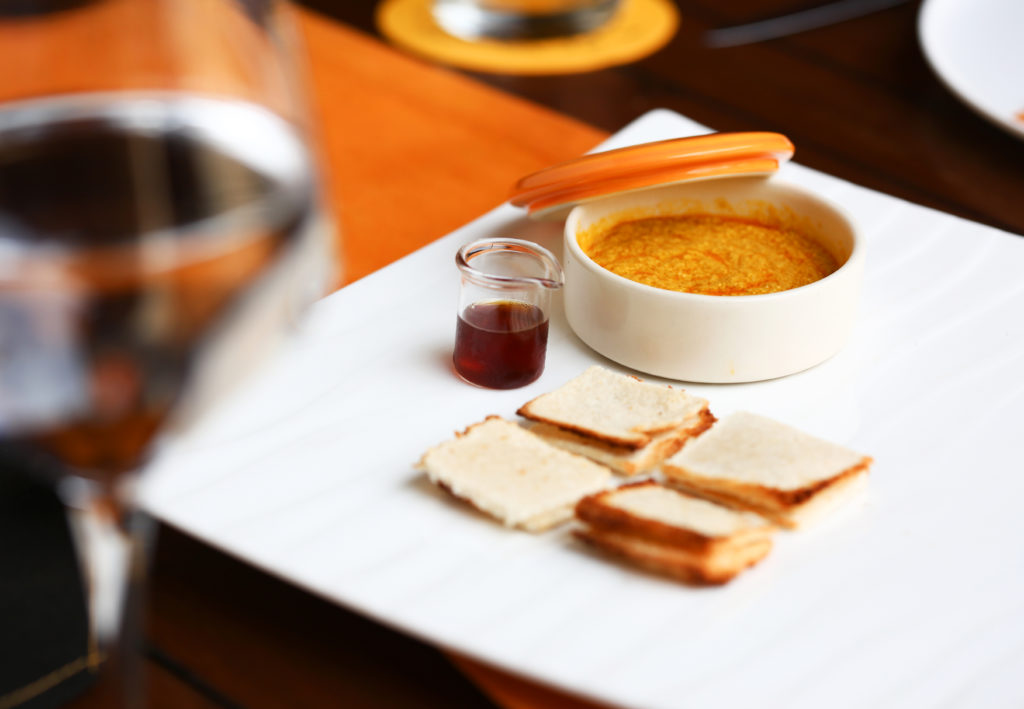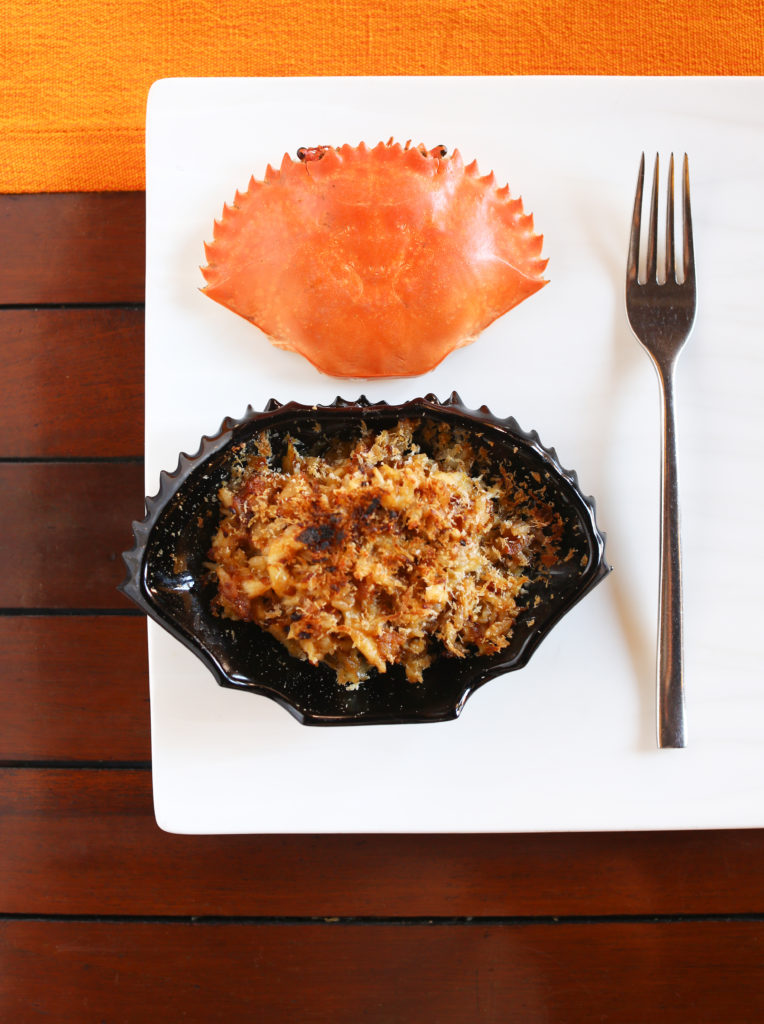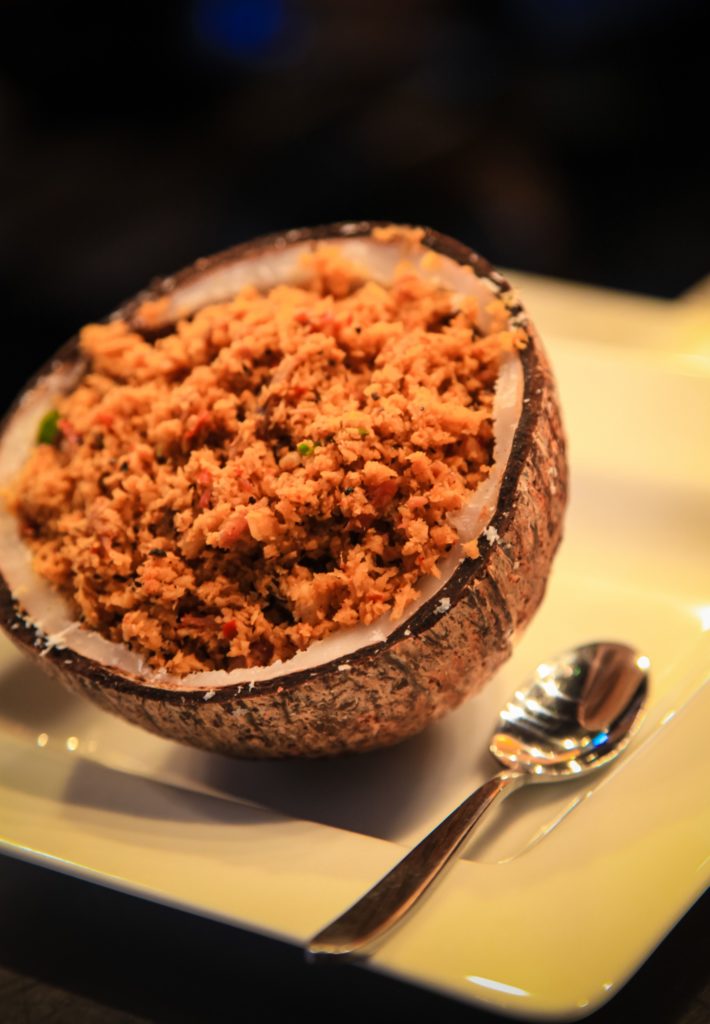The
8 hour flight from Colombo to Tokyo is well worth it – Breathtaking landscapes,
picture postcard views, streets carpeted with snow, the charming country side, “these
were a few of my favorite things” as our tour bus sped along the charming
Japanese country side. I actually thought it was ideal for a romantic film
shoot or a music video, (dreaming a way of doing one of course, with a firm
idea of putting it to my musician friend’s head-only thing you need a hammer to
hit) and thinking what on earth was going in office while My colleagues were busy
taking pictures, videos as if there was no tomorrow. All were fascinated with
the picturesque surroundings – which was a wonderful memory indeed to take back
home.
All
this we were able to experience as a result of a Community tourism training
programme conducted by JICA, where 17 people were selected from various
divisions, of the tourism sector. It commenced from 17th Feb to 3rdMarch,
where we were able to gain a vast experience regarding the positive strategies
Japan had taken to develop its tourism sector, while preserving its cultural
heritage. The programme started with a courtesy call to the governor of the
Iwate prefecture, an orientation, and then proceeding to lectures and tours in
various districts, Hanamaki, Michi-no-eki, Hiraizumi etc. The concept of farm
stay and home stay in the Kamaishi city took my interest, and how they prepared
the city for the upcoming rugby world cup, and had a concept of providing home
lodging for visitors and allow them to experience the local Japanese lifestyle
at the same time. This can be considered as another fine method of attracting more
tourists to the city, also featuring tourist attractions of the city. I
thought, well, why can’t we also think of doing something like that, say, we
too have our own popular events and festivals, and it needs only a bit of
initiation for implementation. Encouraging school children, University students
etc. to come and experience the local lifestyle while staying with them seemed
a good idea. We do have the home stay concept here too –and it sure is a nice
way of getting to know the lesser known attractions and the local community
around. At the moment, Kamaishi is getting ready to rock – rock for the rugby
world cup 2019, and on a grand scale at that.
Our
kind Japanese hosts at JICA made us feel quite at home, looking into our needs,
keeping us happy at all times and making us smile (of course the boys were
feeling quite at home consuming truckloads of Sake) and we had to stay in
Morioka, where most of our accommodation was scheduled, Kesennuma, the city
which faced the Tsunami disaster in 2011 and re built within a few years,
showing what cannot be done when you can stand together as one nation. The view
of the Kesennumacity from the Kesennuma plaza hotel we stayed was breathtaking
– watching the snow fall down in the evening, in tiny pellets, and we were like
little kids trying to catch them and dancing in the rain (here come the Guns
and Roses – or CCR?) watching the sun rise from my hotel room window in
Kesennuma plaza was one of the experiences I’ll never forget, and sleeping in a
huge traditional Japanese style room. It gave the peacefulness I needed to
build up my ideas, may be, to write a short story, or a feature article,
details for a press release, to organize the next press conference, or even to
write a song. I’m a dreamer who likes to dream away in my own little world (just
ask Ozzy Osbourne), which helps me to generate ideas, and this was just what I
needed, the peacefulness and the tranquility of mind, far away from all the
hustle and bustle of the city, and the work stress. Most of my media colleagues
will agree with me, a journalist is supposed to be a free thinker, an observer
of things and an explorer.A hassle free environment is the best to generate
ideas. After a full days training session we would come back to the hotel often
tired-and after a short stroll with the group members – I would have a shower,
a cup of tea, and get down to bed listening to a smooth tune from my favorite
musician, read a book, and drift off to sleep.
Getting
to know the traditional Arts and crafts in Hanamaki city was another
interesting thing- and having an experience in painting kokeshi dolls. They
were beautiful, hand painted and each of us were handed a pair of hand painted,
traditional set of chopsticks at the end of the programme. I loved their handwork,
and the prominent place they have given for their handicraft and enhancing the
livelihood of the local artisans. The local handicrafts industry in Sri Lanka
consists of handicrafts identical to each region – such as Beeralu lace, Pottery,
Lacquer ware, and Jewellery, preserved for generations. The mastery of our
artisans are world renowned. Therefore it will be a great thing indeed if we
give them a better value for their hard work and promote the industry as a
tourist attraction. One thing they will always say is, “younger generation
nowadays rarely come to this field”. Of course when the modern generation is ambitious
of owning a brand new car, a nice house and eating hamburgers and French fries
you can’t expect more.
The “Roadside
stations” where you can find everything under one roof – souvenir shop,
restaurant, agricultural products, supermarket etc. It seems to be a good way
of promoting local products among the tourists and enabling locals to get
recognition for their products.
A
visit to the Chuson-Ji-temple was another fascinating experience. This is
acclaimed as one of the UNESCO world heritage sites. It goes back to an
interesting history – and the serene surroundings of the temple is enough to enlighten
anyone. We visited several temples – including the famous Kamaishi –Da –
Kannontemple, a popular tourist attraction in Kamaishi, with a breathtaking
scenic view, which made my photogenic colleagues quite busy. The trip to a
nursery school was also interesting, and being with the little kids made you go
back to your childhood, and become a child for a minute. The little ones were
sweet and we had to participate in their activities such as singing and
dancing.
Apart
from lectures, shopping was the next important thing mostly the ladies were
focused on – not that I found it very interesting, but I was more interested in
exploring. The hospitality, the friendliness and the kindness of the Japanese
citizens was impressive – of course we had the language barrier – but that was
no issue with the friendly, warm people we met everywhere, ever so willing to
help, and always smiling. The two week programme finally came to an end with a
presentation from each group, (all 17 were divided into groups) evaluations,
distribution of certificates, and a farewell party with a cultural performance.
We
were able to taste delectable Japanese cuisine everywhere we went – from
Tempura, Sushi, and mochi and of course, Sake. At one such stop I was able to
buy a lovely 1954 Mercedes Benz vintage replica to add to my collection of
miniature automobiles, and cute little souvenirs and sweets. It was a training
programme to remember – a training of getting to know another culture,
different attractions and something which spread fun, friendship and teamwork among
everyone.
Above
all the firsthand information about how Japan exploits its natural assets and
heritage and most importantly their beautiful lifestyle to attract more
tourists, the visit to Japan was the enlightening experience and lesson we
received from lesson we received from this exclusive training programme.
By Sureshni Pilapitiya




